Whether you are looking to munch or to make kimchi, in this post we will cover 23 types of cabbage that can be used for cooking, eating, or fermenting! From A to Z, we will guide you through the origin, flavor, and uses of all different kinds of cabbage.
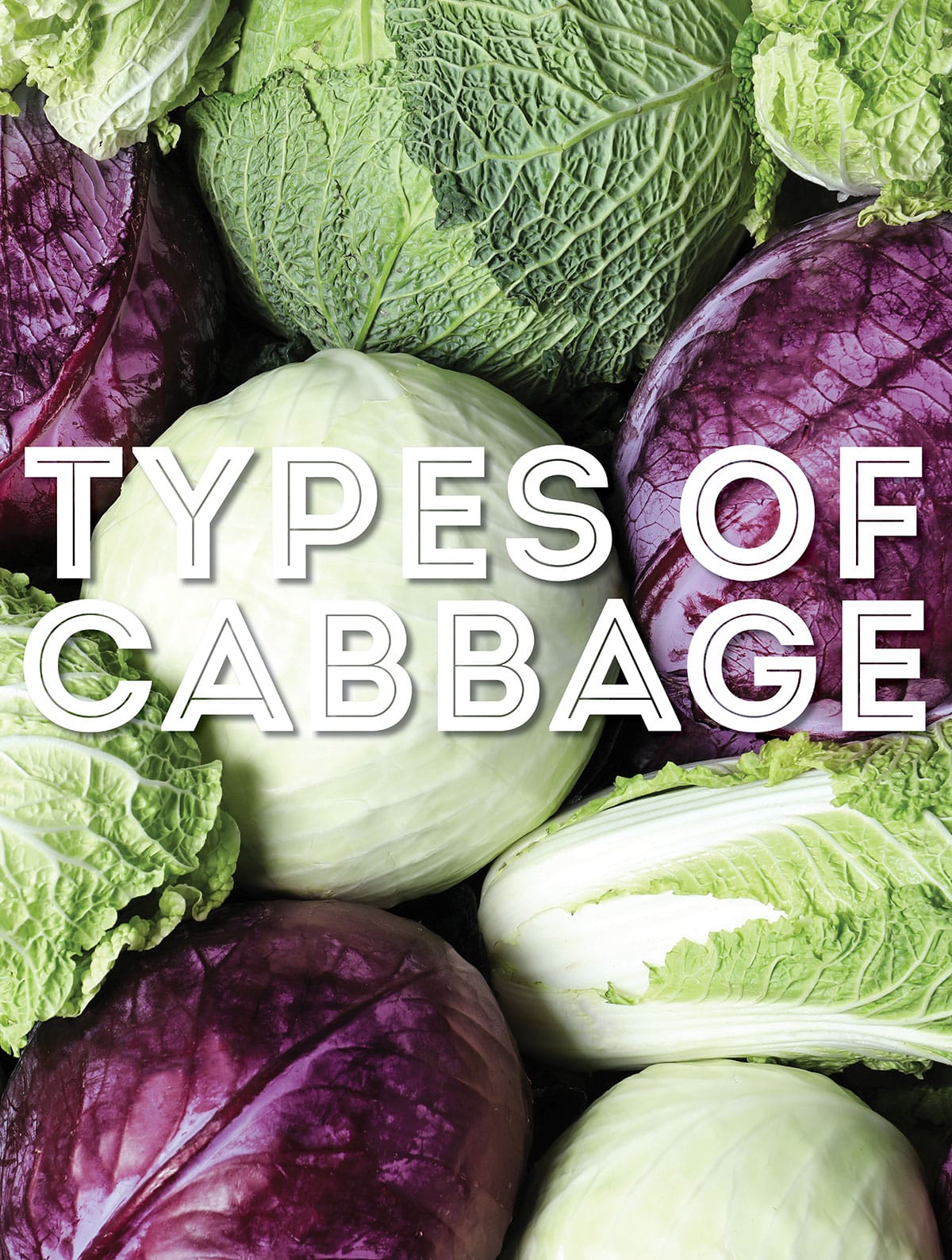
The exact origin of cabbage is not known, but it is believed to have originated in the Mediterranean region or Western Europe. The cultivation of cabbage, however, can be traced back thousands of years. Ancient civilizations, including the Greeks and Romans, cultivated and consumed cabbage. The Greeks considered cabbage to be a sacred plant and believed that it had medicinal properties.
Cabbage spread to various parts of Europe during the Middle Ages. It was introduced to northern Europe by Celtic tribes and became a popular crop in regions with cooler climates. Cabbage was valued for its hardiness and the fact that it could be stored for long periods, making it an important food source during winter months.
During the 17th and 18th centuries, European immigrants brought cabbage to North America. It quickly became a staple vegetable in colonial America, especially among German settlers. In fact, the term “coleslaw” is derived from the Dutch term “koolsla,” which means “cabbage salad.” Over time, different varieties of cabbage were developed through selective breeding
Trivia time!
What country has an annual cabbage festival? (scroll to the bottom of this post to find the answer!)
- China
- Japan
- Germany
- Italy
23 Different Types of Cabbage
In search of a specific type of cabbage? Here are the most popular varieties from around the world, along with helpful information about each one.
Black Cabbage
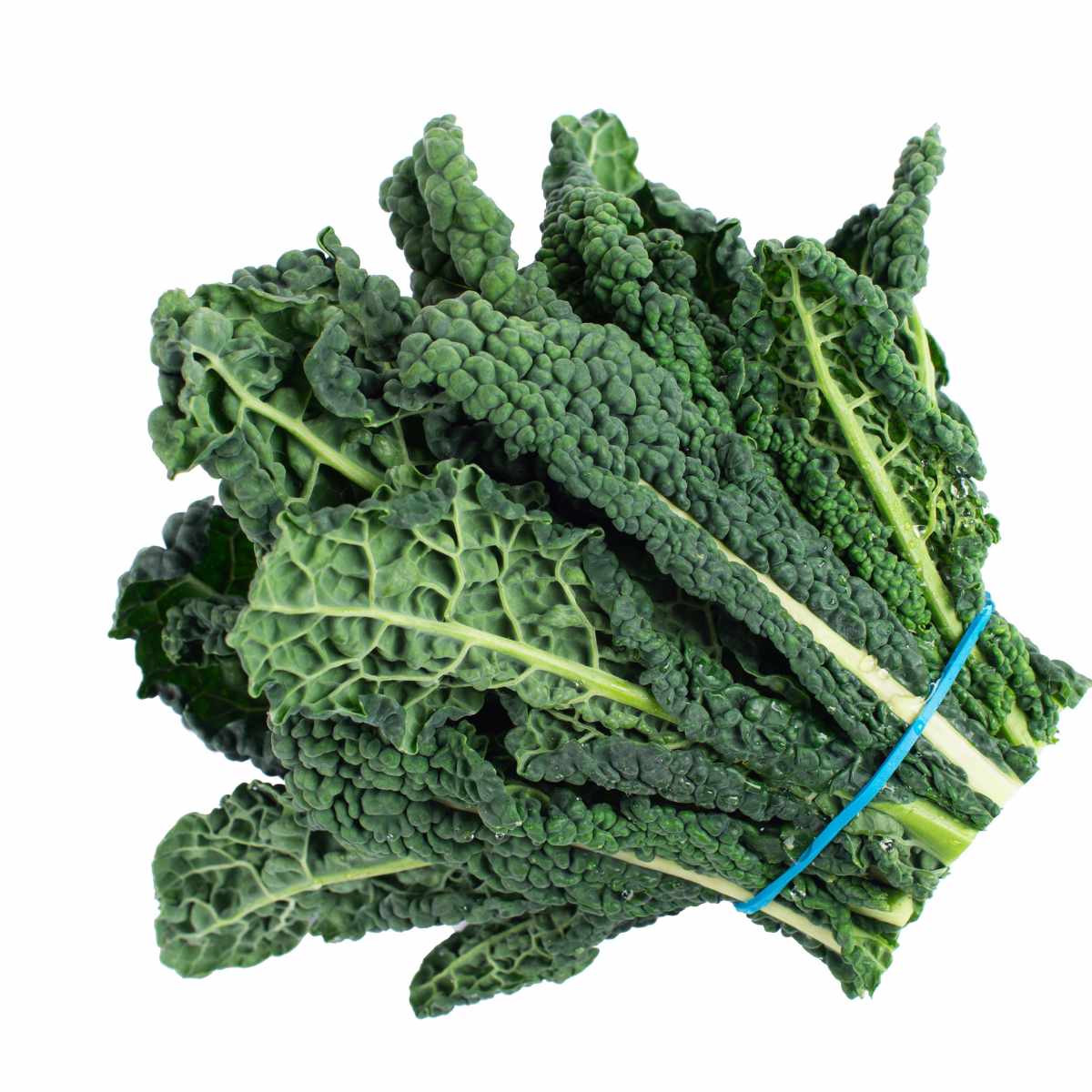
Origin: Black cabbage is also known as Tuscan cabbage, Tuscan kale, or Lacinato kale. It is a leafy vegetable native to Tuscany, Italy with a long history of cultivation going back to the Roman Empire, and remains a staple in Italian cuisine.
Description: Black cabbage has long, dark green leaves that are narrow and wrinkled. The leaves have a distinctive appearance, with a bumpy texture and a crinkled surface. Unlike common curly kale, black cabbage does not form tight curls. Black cabbage has a robust and slightly bitter flavor. The bitterness is less pronounced compared to other kale varieties, making it more palatable for some people. The leaves have a tender texture when cooked properly.
Uses: Black cabbage is a versatile vegetable that can be used in various dishes. It’s popular in a traditional Tuscan soup called “ribollita.” It is also a popular ingredient in Italian pasta recipes, on salads, sautéed as a side dish, or in stir-fry. If you plan to eat it raw as in a salad, we recommend you massage the leaves with olive oil or a vinaigrette to soften their texture and mellow out the bitterness.
Bok Choy
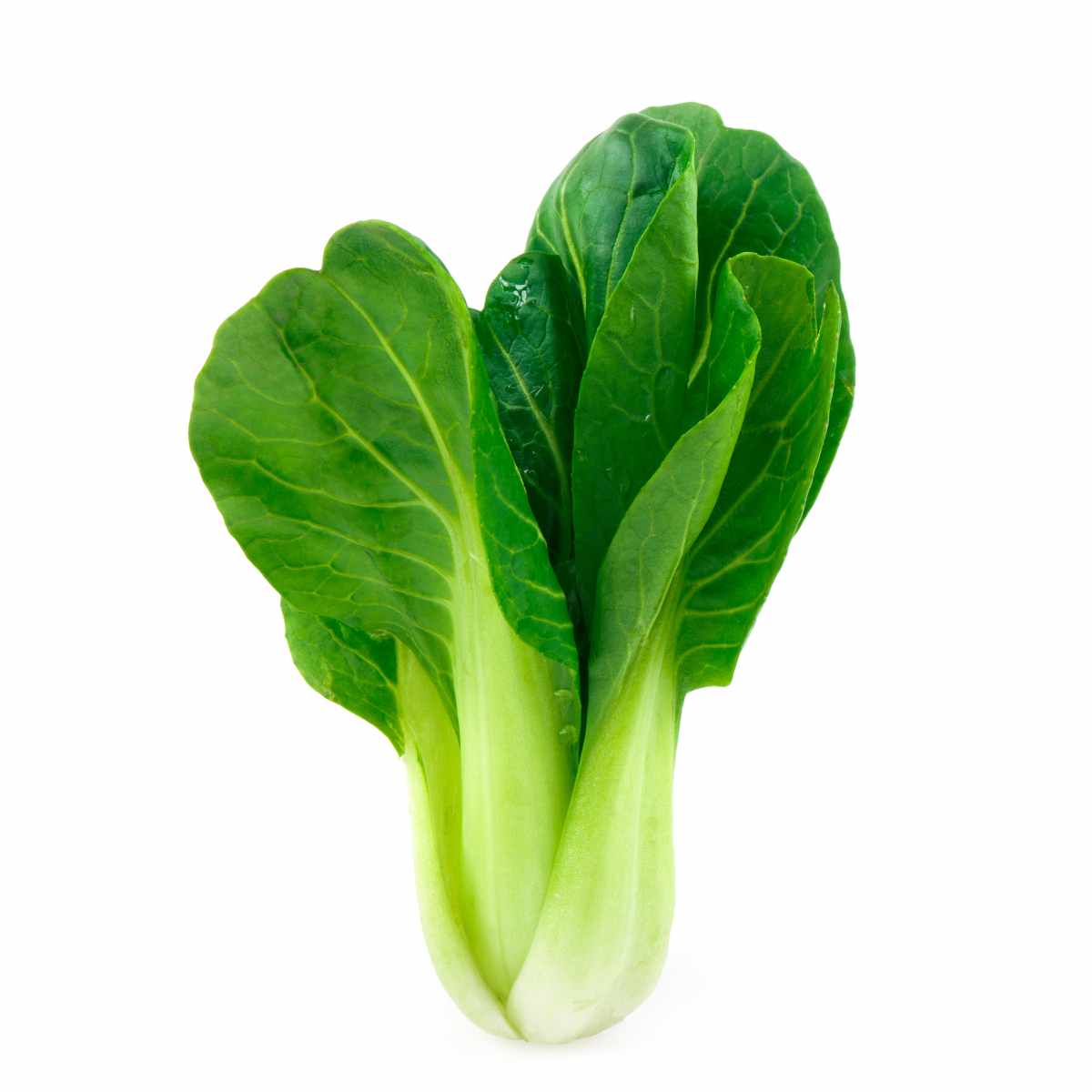
Origin: Bok choy, also known as Chinese cabbage, originated in China. It has been used for centuries in Asian cuisine and is now popular worldwide.
Flavor: Bok choy has a mild, slightly sweet flavor. The stems are crunchy, while the dark green leaves have a tender texture. It is often described as having a flavor similar to spinach or Swiss chard.
Uses: Bok choy is a versatile vegetable commonly used in stir-fries, soups, and salads. It can be sautéed, steamed, boiled, or even grilled. The stems and leaves can be cooked together or separately, depending on the desired texture.
Brussels Sprouts (technically a type of cabbage):
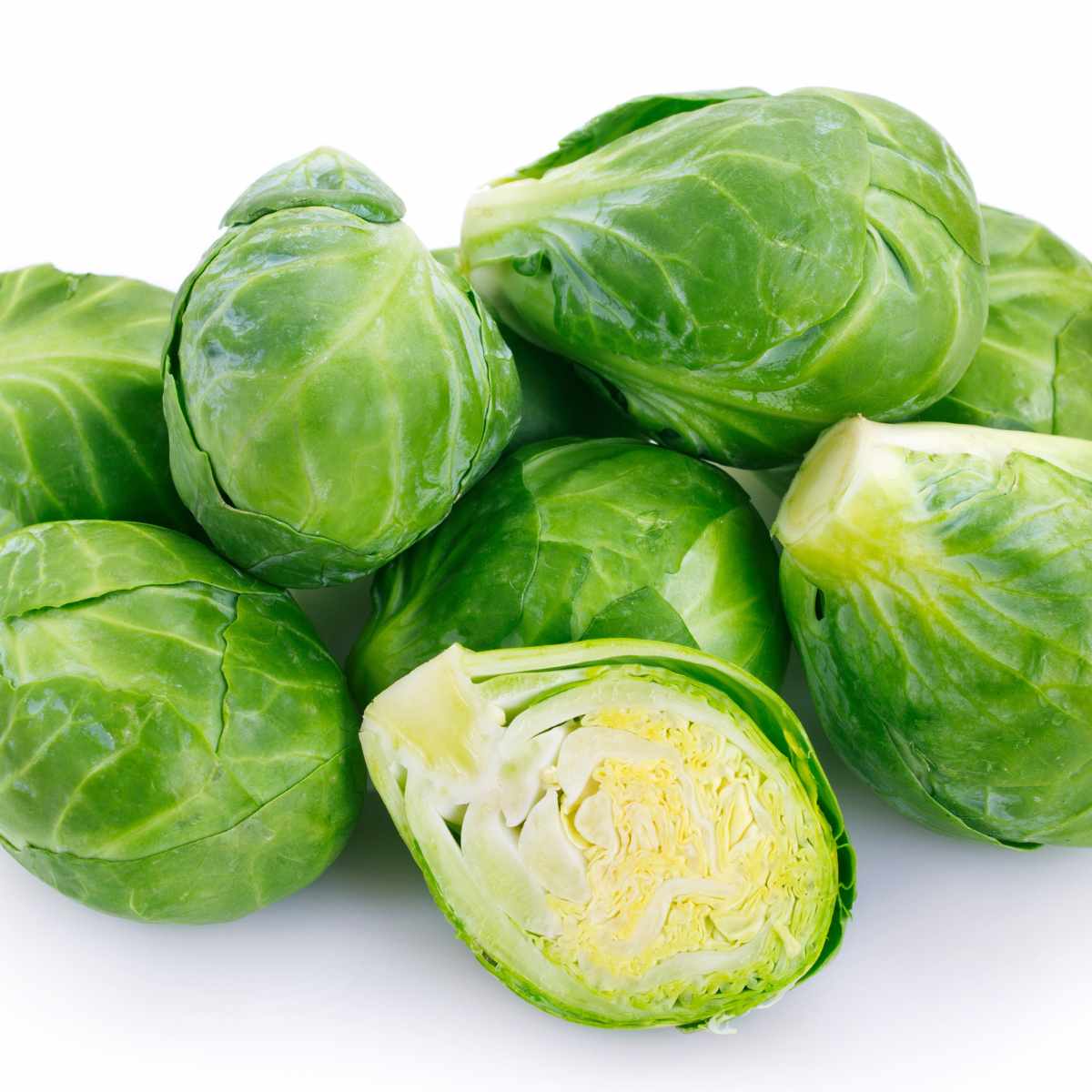
Origin: Brussels sprouts are believed to have originated in ancient Rome and were later cultivated in the Brussels region of Belgium, from where they got their name. They are now grown in many parts of the world.
Flavor: Brussels sprouts have a distinct flavor that can be described as slightly bitter and nutty. The taste becomes milder and sweeter when they are cooked.
Uses: Brussels sprouts are often roasted, steamed, or sautéed. They can be enjoyed as a side dish, added to salads, or used in stir-fries. Brussels sprouts are also sometimes used in soups and stews. Try this decadent Roasted Brussels Sprout Salad
Cannonball Cabbage
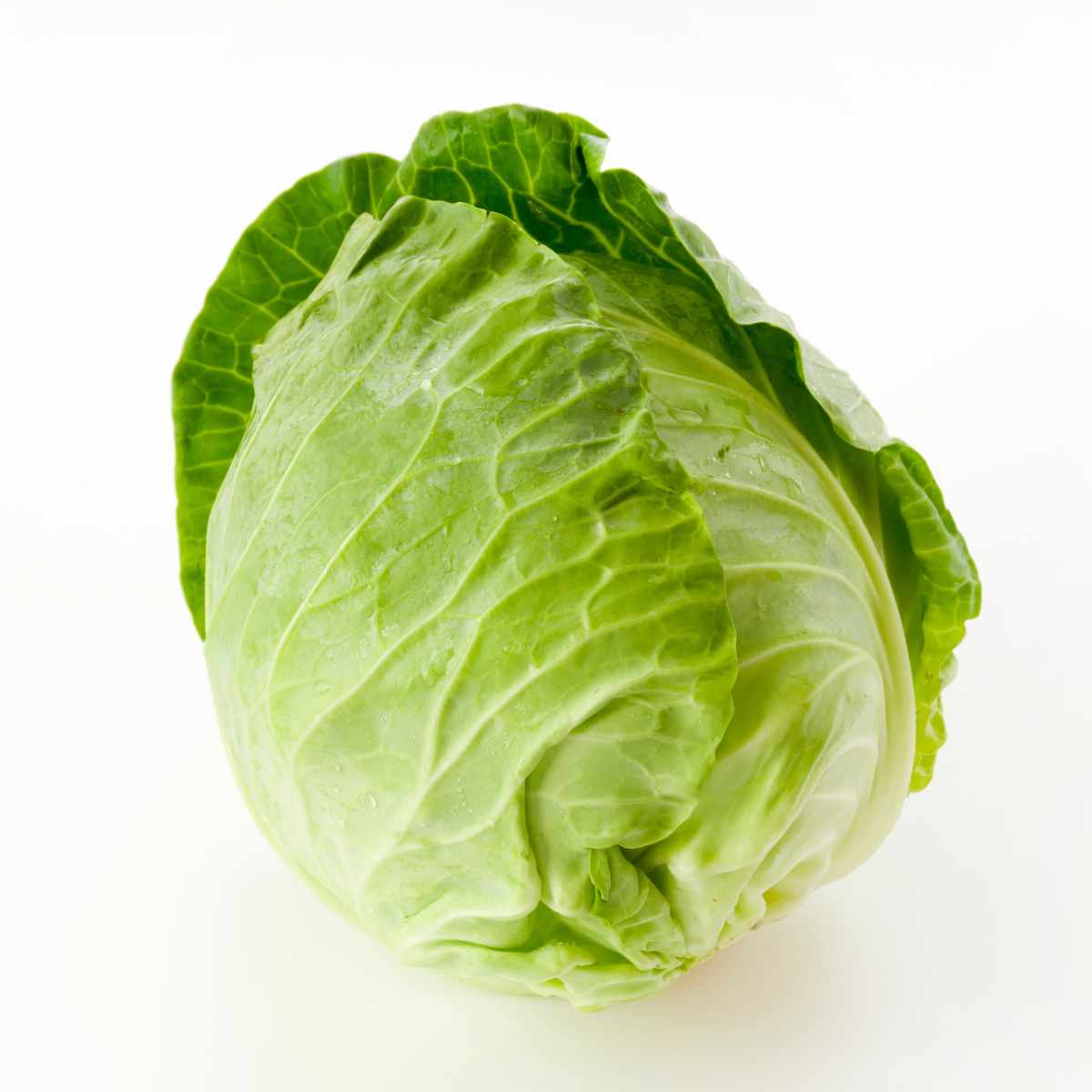
Origin: Cannonball cabbage, also known as round-headed cabbage, belongs to the Brassica Oleracea species and is likely derived from wild cabbage native to Europe.
Flavor: Cannonball cabbage has a mild and slightly sweet flavor. The tightly packed leaves are crisp and tender.
Uses: This type of cabbage is commonly used in coleslaws, salads, and stir-fries. It can also be pickled, fermented, or cooked in various dishes. Cannonball cabbage is versatile and can be used in both raw and cooked preparations. If you haven’t tried pickling, it is really quite easy. Check out the Easy Guide to Pickled Vegetables.
Chinese Cabbage
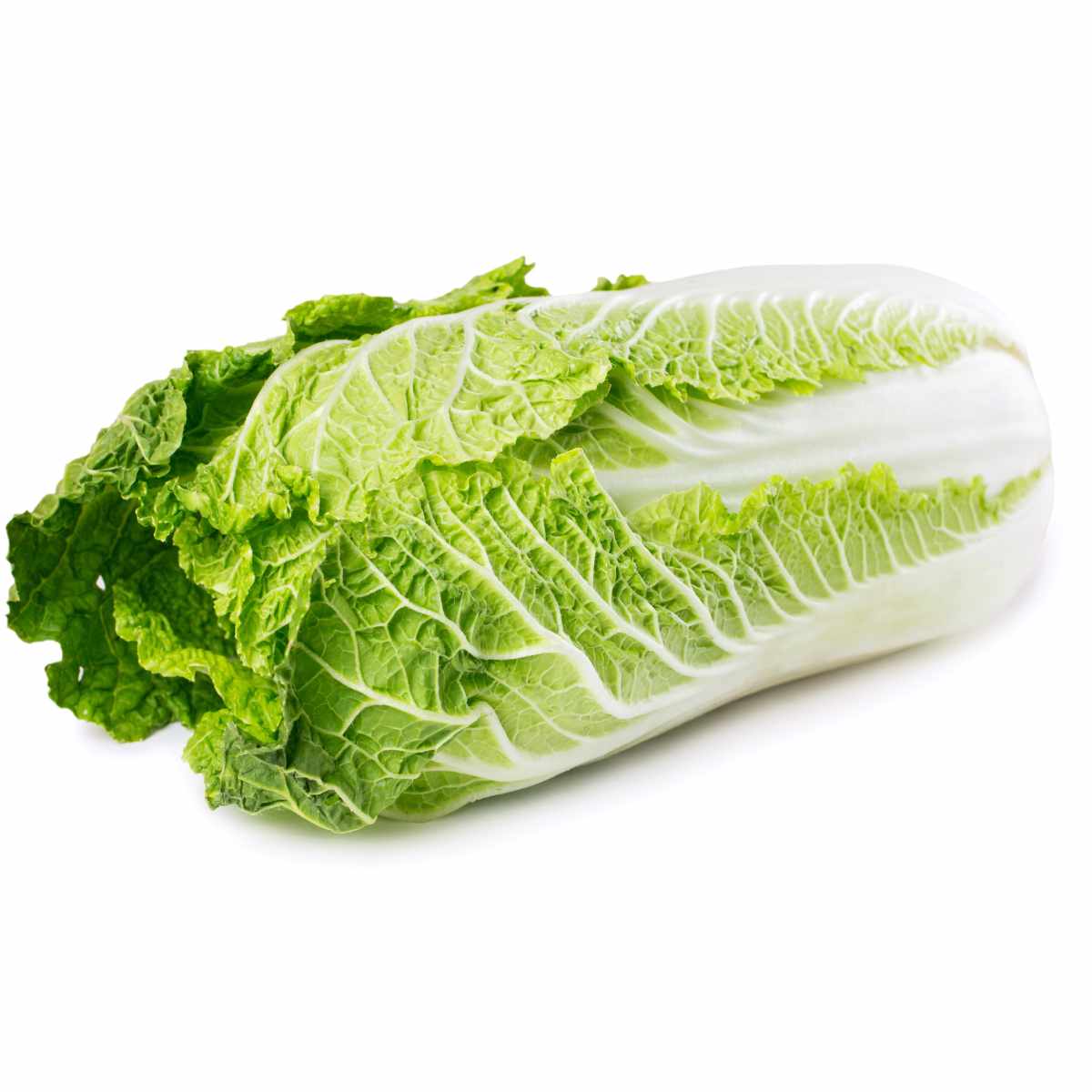
Origin: Chinese cabbage, also known as Napa cabbage or celery cabbage, has its origins in China and other parts of East Asia. It has been a staple in Asian cuisine for centuries.
Flavor: Chinese cabbage has a mild, delicate flavor. The tender, pale green-to-white leaves have a crisp texture and a slightly sweet taste.
Uses: Chinese cabbage is a versatile vegetable used in various Asian dishes. It is commonly used in stir-fries, soups, hot pots, and kimchi, a traditional Korean fermented dish. The leaves can also be used as wraps or added raw to salads. It is the most commonly used cabbage in Kimchi.
Chinese Flat Cabbage
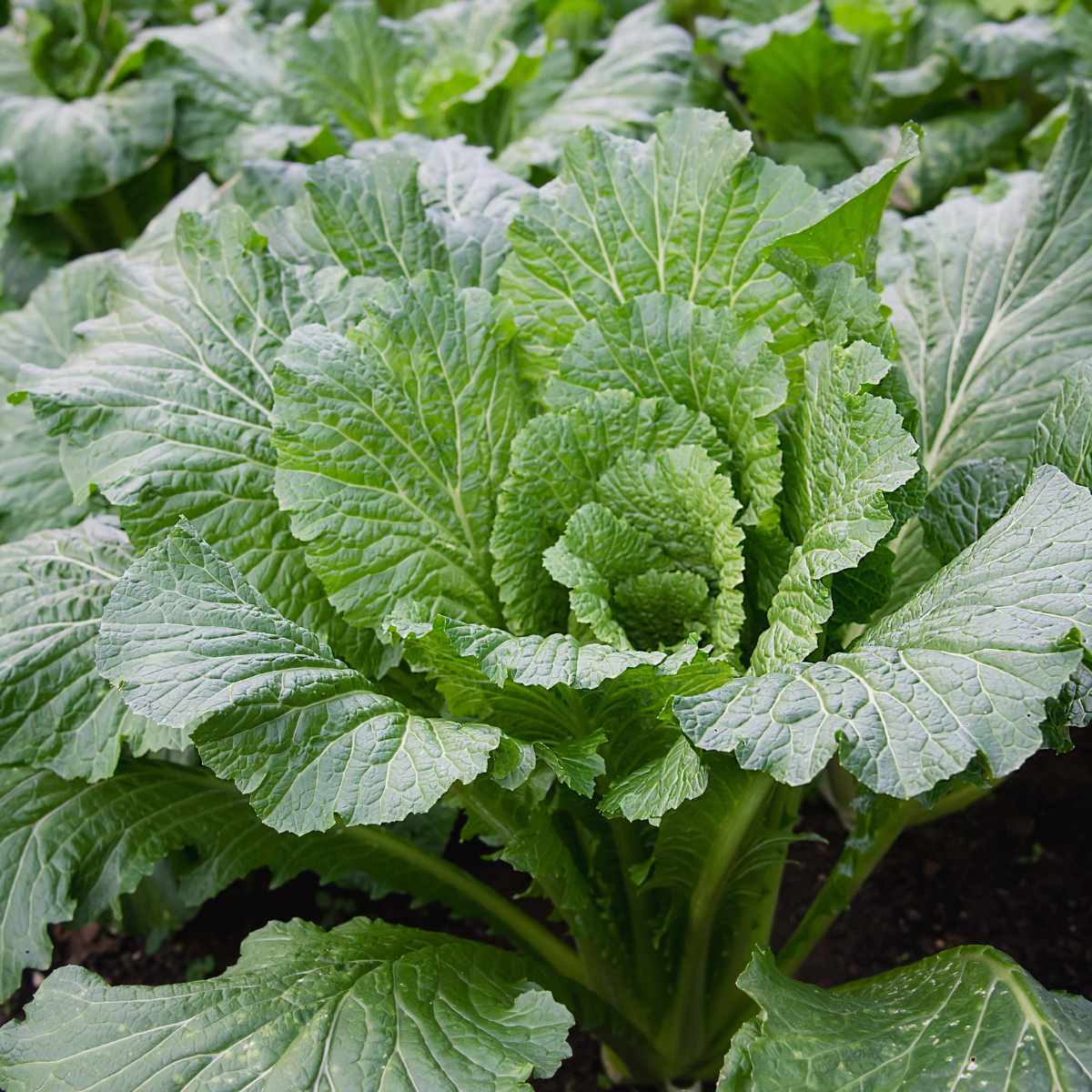
Origin: Chinese flat cabbage, also known as Michihili cabbage or wong bok, is a variety of Chinese cabbage that, not surprisingly, originated in China. It is commonly grown in East Asia and other parts of the world.
Flavor: Chinese flat cabbage has a milder flavor compared to other cabbage varieties. The elongated leaves have a tender and slightly crisp texture.
Uses: This type of cabbage is popular in Asian cuisine and is commonly used in stir-fries, soups, and pickled dishes. It can be sautéed, steamed, or added to various Asian-style dishes for its unique flavor and texture.
Choy Sum Cabbage
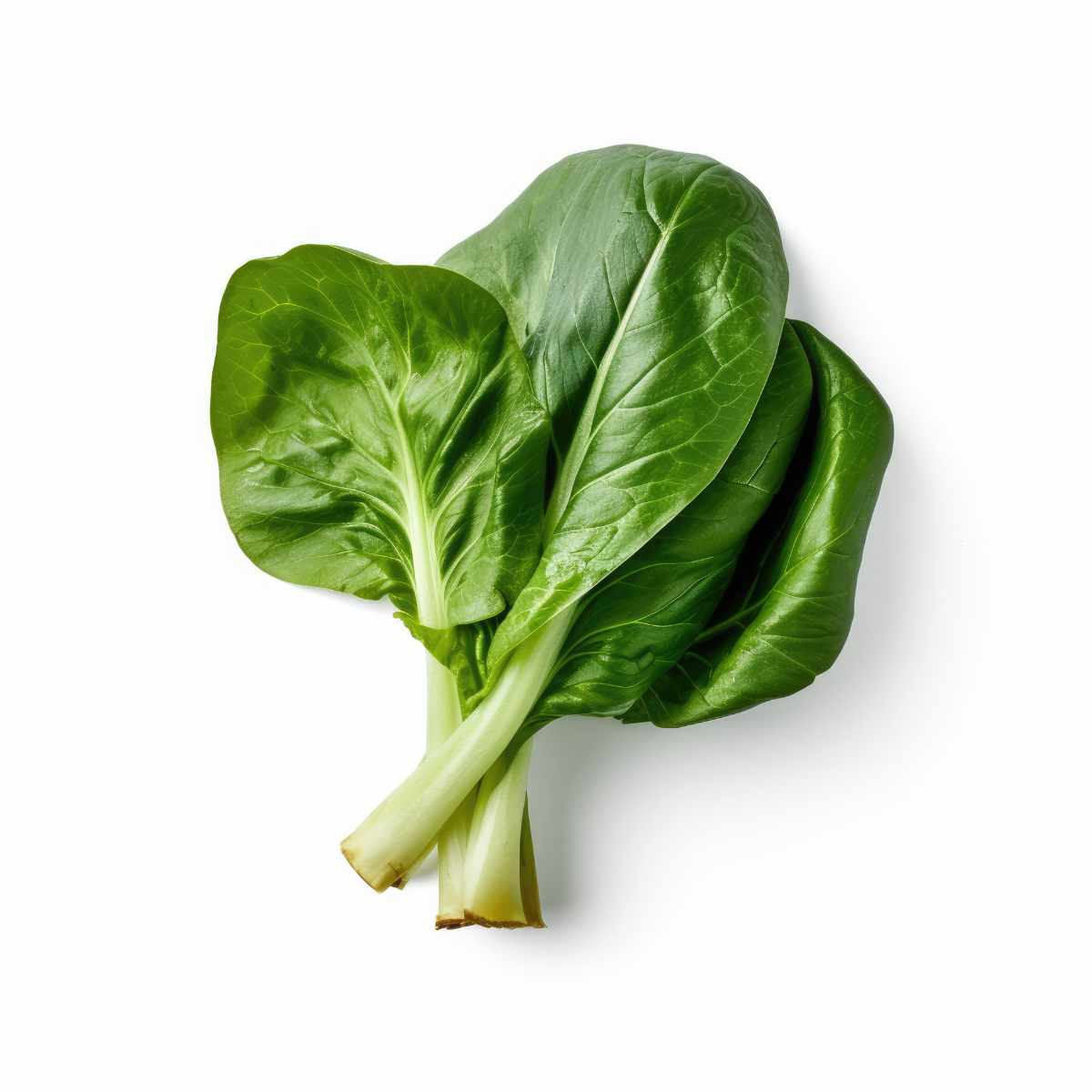
Origin: Choy sum cabbage, also known as Chinese flowering cabbage or Chinese flowering kale, originated in China and is commonly found in Chinese cuisine. It is a member of the Brassica family, which includes many other cabbage varieties.
Flavor: Choy sum cabbage has tender, leafy stems, and small yellow flowers. It has a mild, slightly sweet flavor and a pleasant, crisp texture. The flavor is reminiscent of spinach or bok choy but milder in taste.
Uses: Choy sum cabbage is widely used in stir-fries, soups, and other Asian dishes. The tender stems and leaves can be quickly cooked or blanched and used as a side dish or added to noodle dishes. It is often paired with garlic, ginger, and soy sauce to enhance its flavor.
Conehead Cabbage
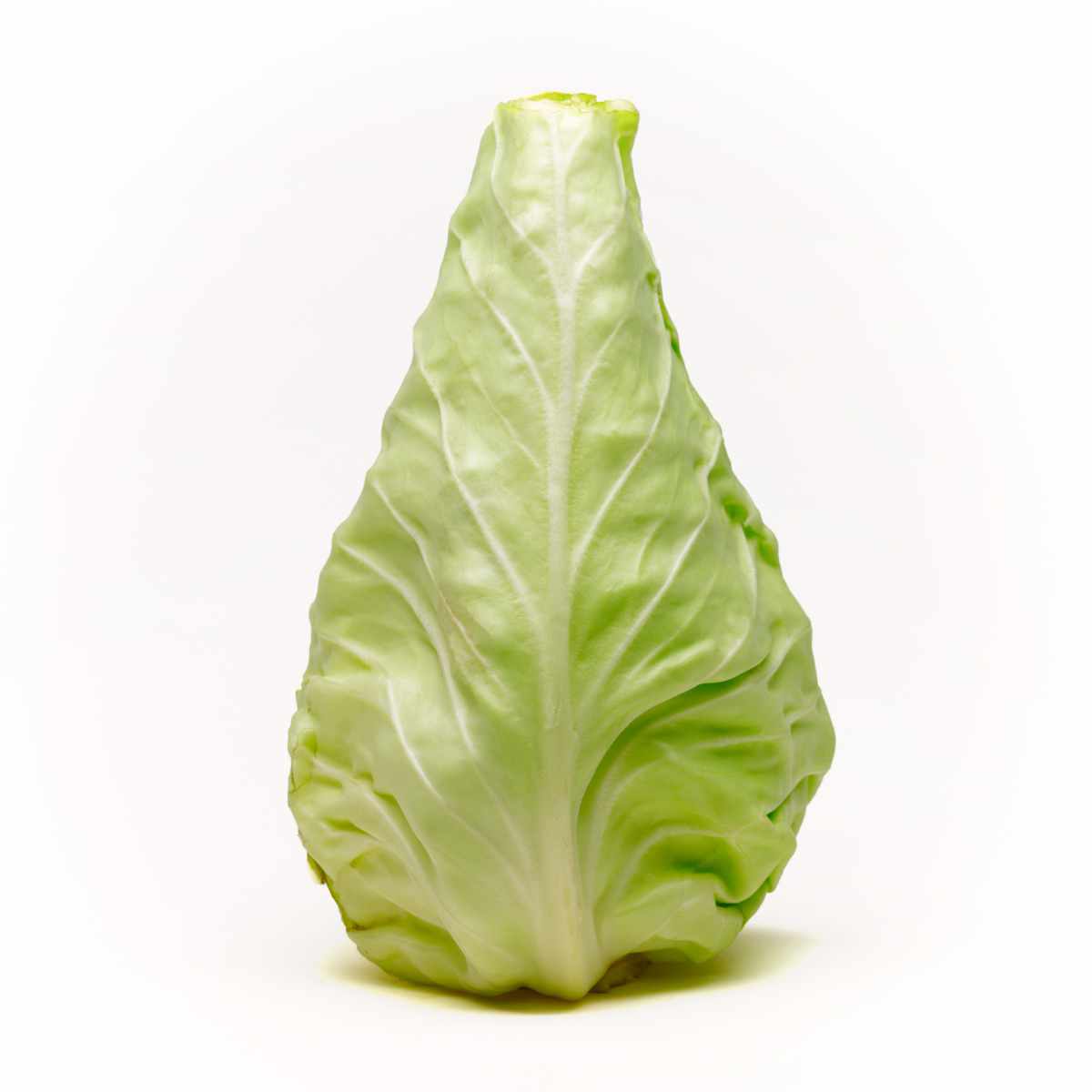
Origin: Conehead cabbage is believed to have originated in the Beijing region of China. It is a staple in East Asian cuisines, particularly in Chinese, Korean, and Japanese dishes.
Flavor: Conehead cabbage has large, oblong-shaped heads with tightly packed pale green to white leaves. It has a mild, sweet flavor with a slight peppery undertone. The leaves are tender and crisp, making them suitable for both raw and cooked preparations.
Uses: Conehead cabbage is incredibly versatile and commonly used in various Asian dishes. It is a key ingredient in kimchi, a traditional Korean fermented cabbage dish. It is also used in stir-fries, soups, salads, and spring rolls. The leaves can be used as wrappers for dumplings or stuffed cabbage rolls.
Copenhagen Market Cabbage
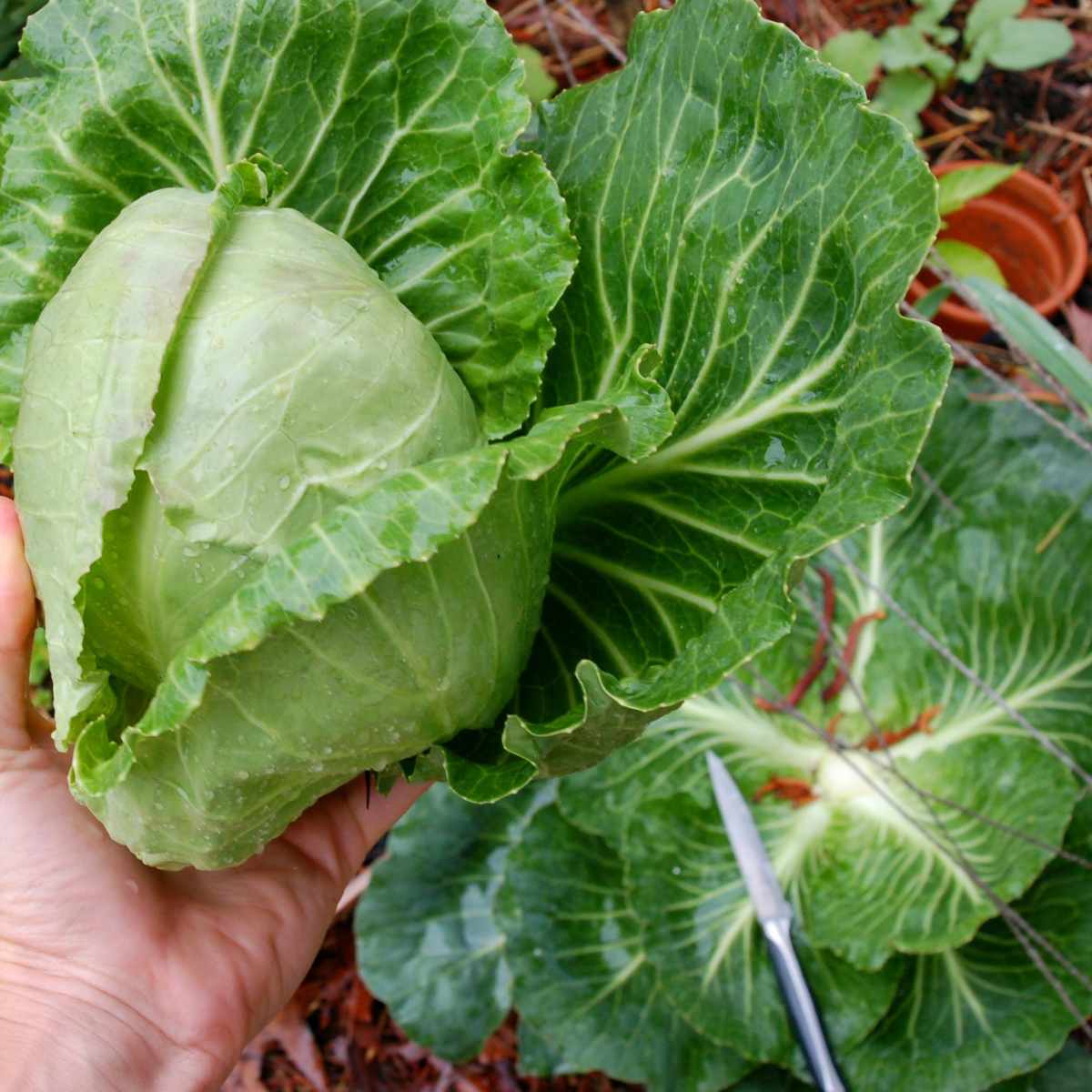
Origin: Copenhagen market cabbage, also known as Danish Ballhead cabbage, is a variety of cabbage that originated in Denmark. It is a compact, round-headed cabbage variety.
Flavor: Copenhagen market cabbage has firm, dense heads with smooth, tightly packed leaves. It has a mild, slightly sweet flavor and a crisp texture. The taste is often described as sweeter and more tender than other cabbage varieties.
Uses: Copenhagen market cabbage is a versatile cabbage variety suitable for both raw and cooked preparations. It is commonly used in coleslaw, salads, sauerkraut, and pickling. The firm texture of the leaves makes them ideal for shredding, slicing, or chopping.
Deadon Cabbage
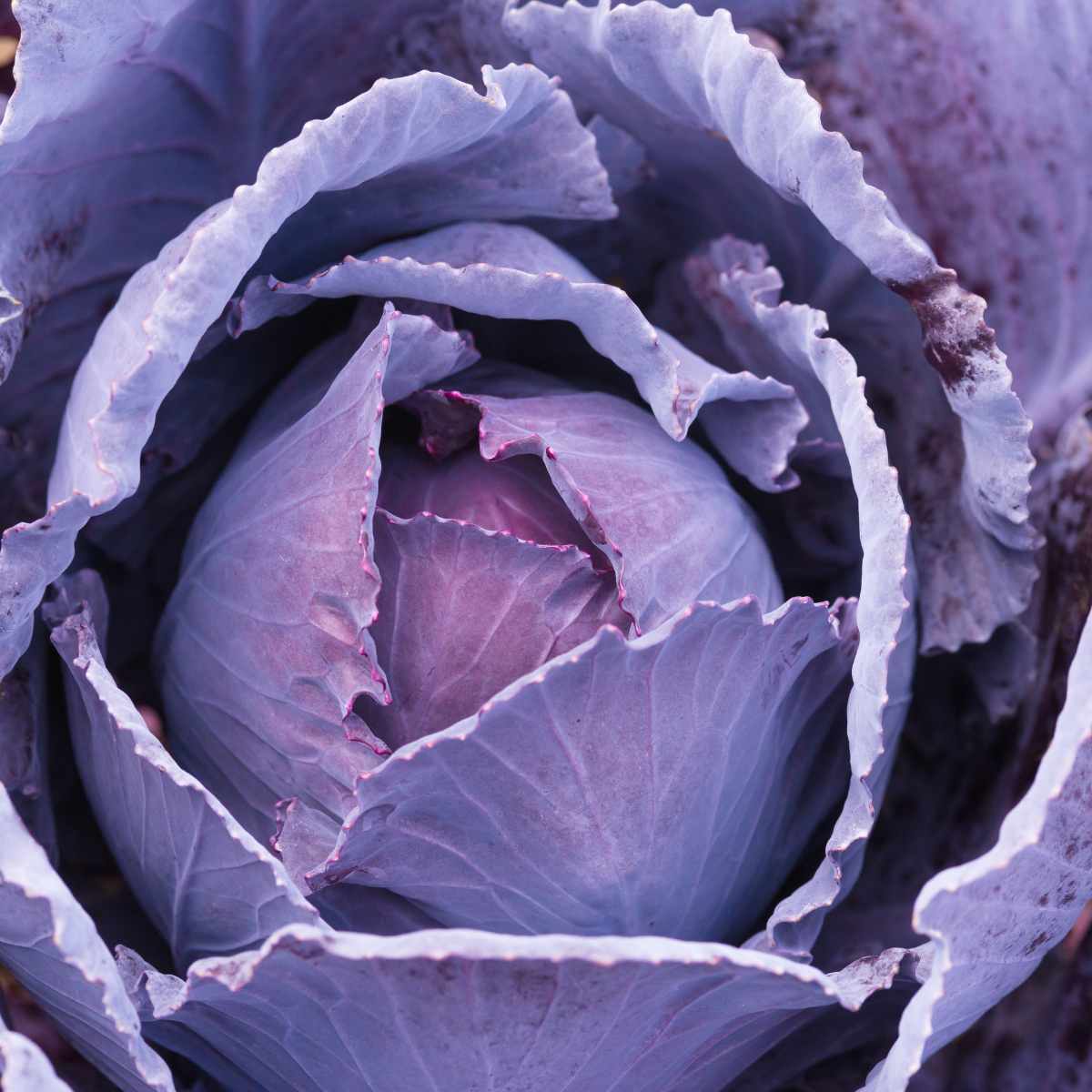
Origin: Deadon cabbage is a hybrid variety developed by a company called Bejo Seeds. It is a relatively new cabbage variety and doesn’t have a specific geographical origin.
Flavor: Deadon cabbage has dense, round heads with dark green outer leaves. It has a mild, slightly sweet flavor and a crunchy texture. The flavor is comparable to other green cabbage varieties.
Uses: Deadon cabbage can be used in a similar manner to other green cabbage varieties. It is suitable for raw consumption in salads or slaws, as well as cooked in stir-fries, soups, or braised dishes. Its dense texture holds up well to various cooking methods.
Drumhead Cabbage
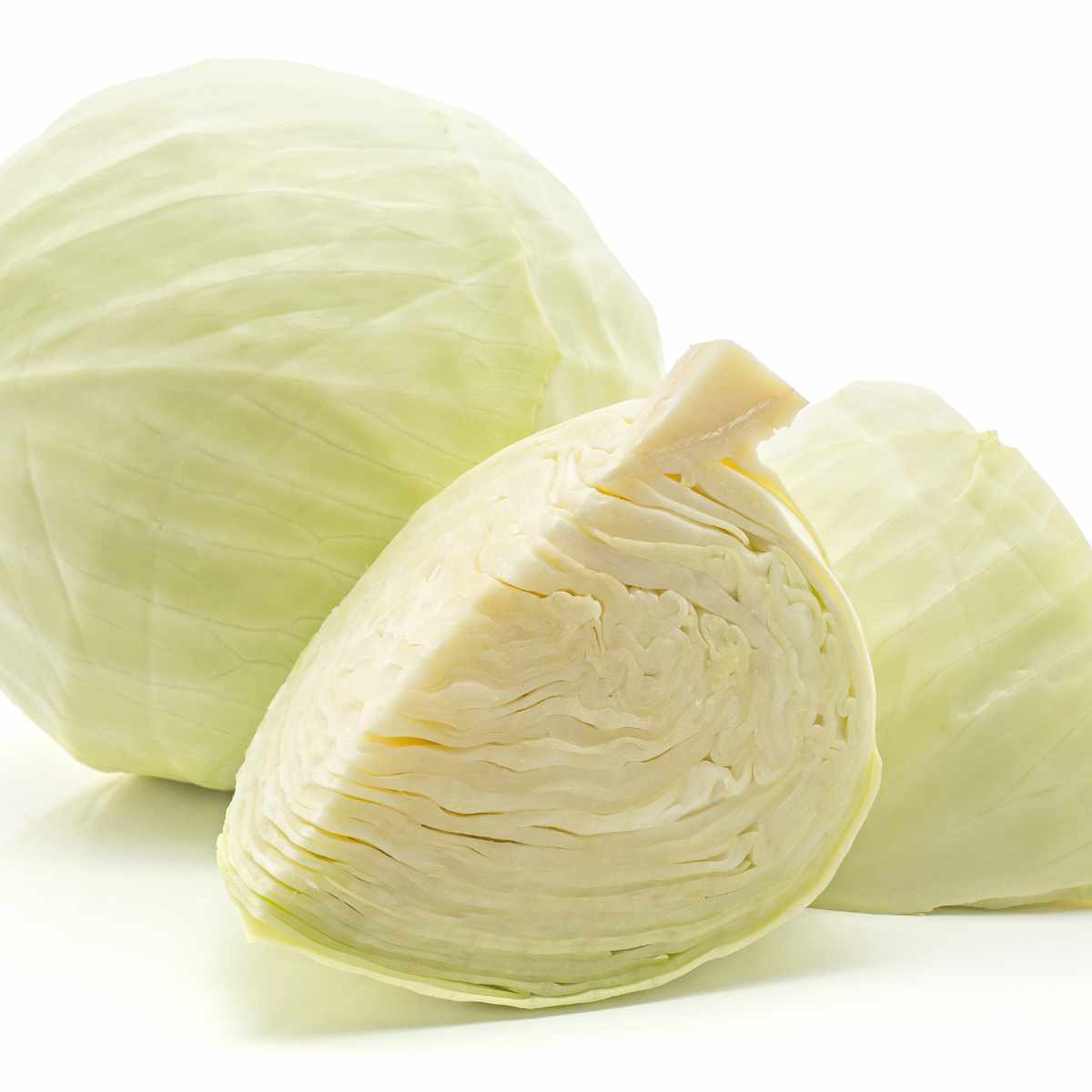
Origin: Drumhead cabbage is believed to have originated in Europe, specifically in the northern regions. It is a traditional variety that has been cultivated for centuries.
Flavor: Drumhead cabbage has a mild and slightly sweet flavor. The leaves are tender and have a smooth texture.
Uses: This cabbage variety is commonly used for making coleslaw, sauerkraut, stir-fries, and stews. It can also be stuffed, roasted, or used as a wrap for various fillings. We love it roasted into cabbage steaks, in this flavorful air fryer cabbage, or in this buttery slow cooker cabbage!
Dwarf Siberian Cabbage
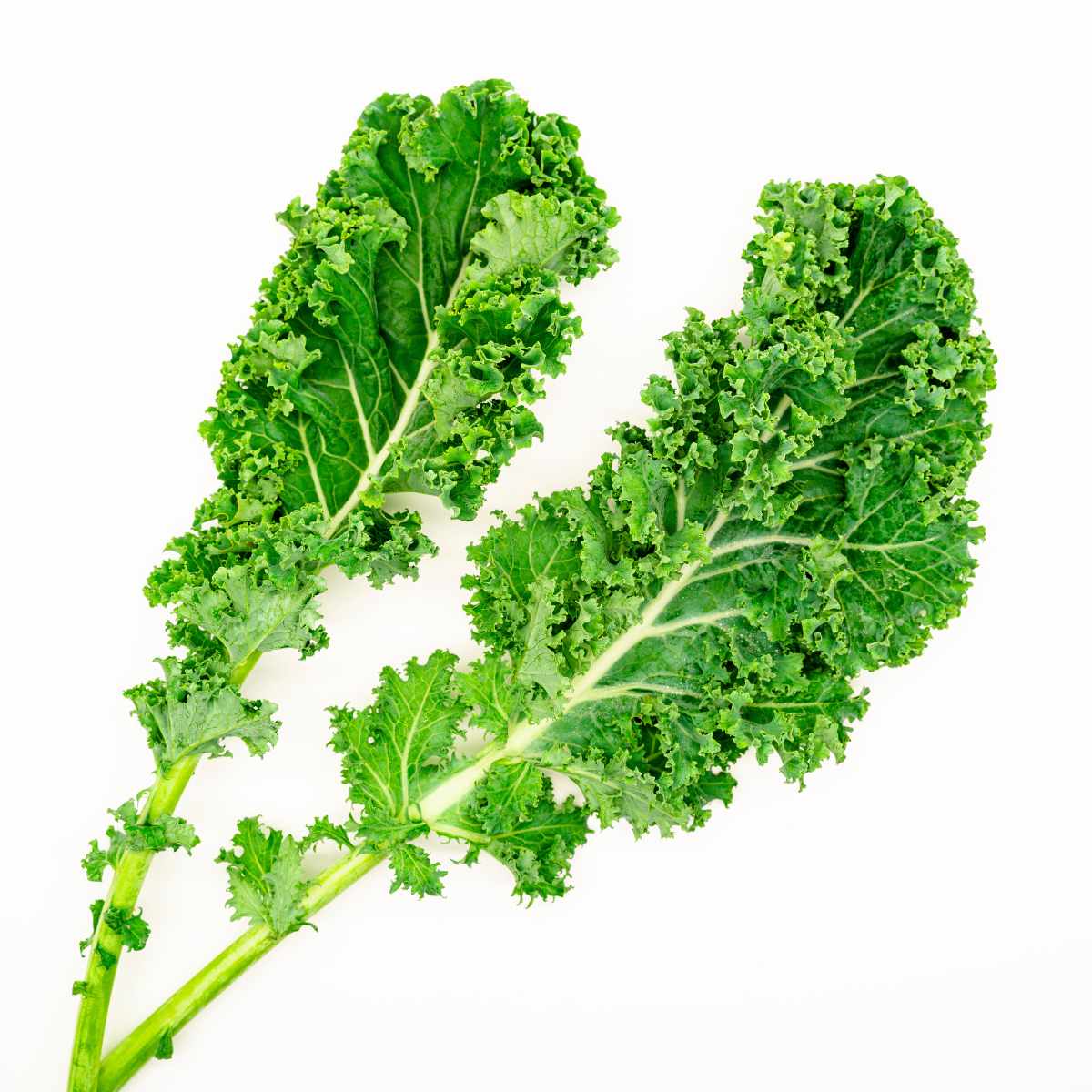
Origin: Dwarf Siberian cabbage, as the name suggests, is a variety that is believed to have originated in Russia’s far eastern Siberia. It is known for its ability to tolerate colder climates.
Flavor: The taste of Dwarf Siberian cabbage is similar to that of regular green cabbage. It has a slightly sweet and mild flavor.
Uses: This cabbage type is often used in salads, stir-fries, soups, and fermented dishes. Its compact size makes it suitable for container gardening or smaller spaces.
Golden Acre Cabbage
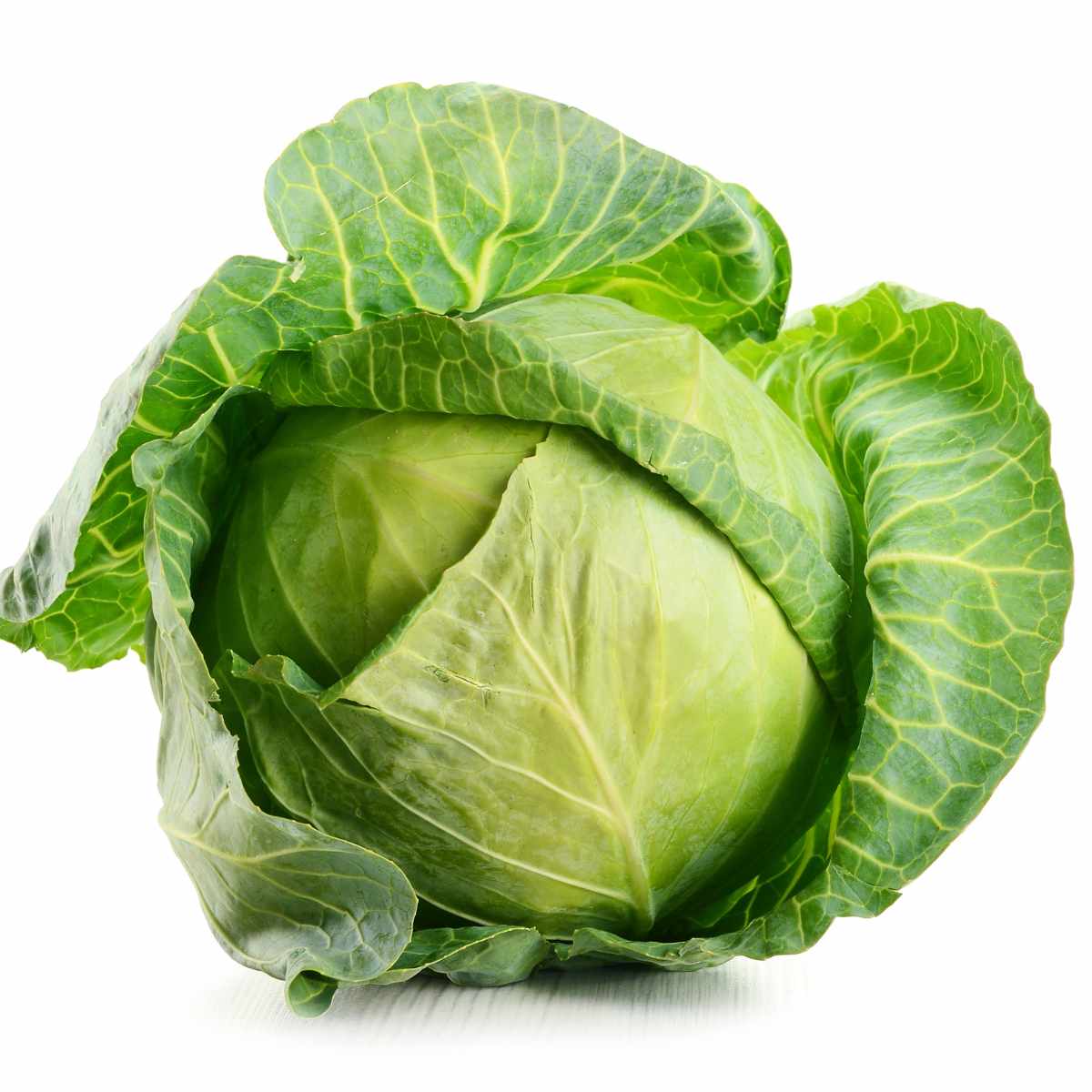
Origin: Golden acre cabbage is a popular variety that is believed to have originated in Denmark. It is now grown and enjoyed worldwide.
Flavor: Golden acre has a mild and slightly sweet flavor with tender, compact leaves.
Uses: Golden acre cabbage is versatile and can be used in a variety of dishes. It is commonly used for coleslaw, salads, stir-fries, braising, and steaming. The leaves can also be used as wraps for stuffing.
Green Cabbage
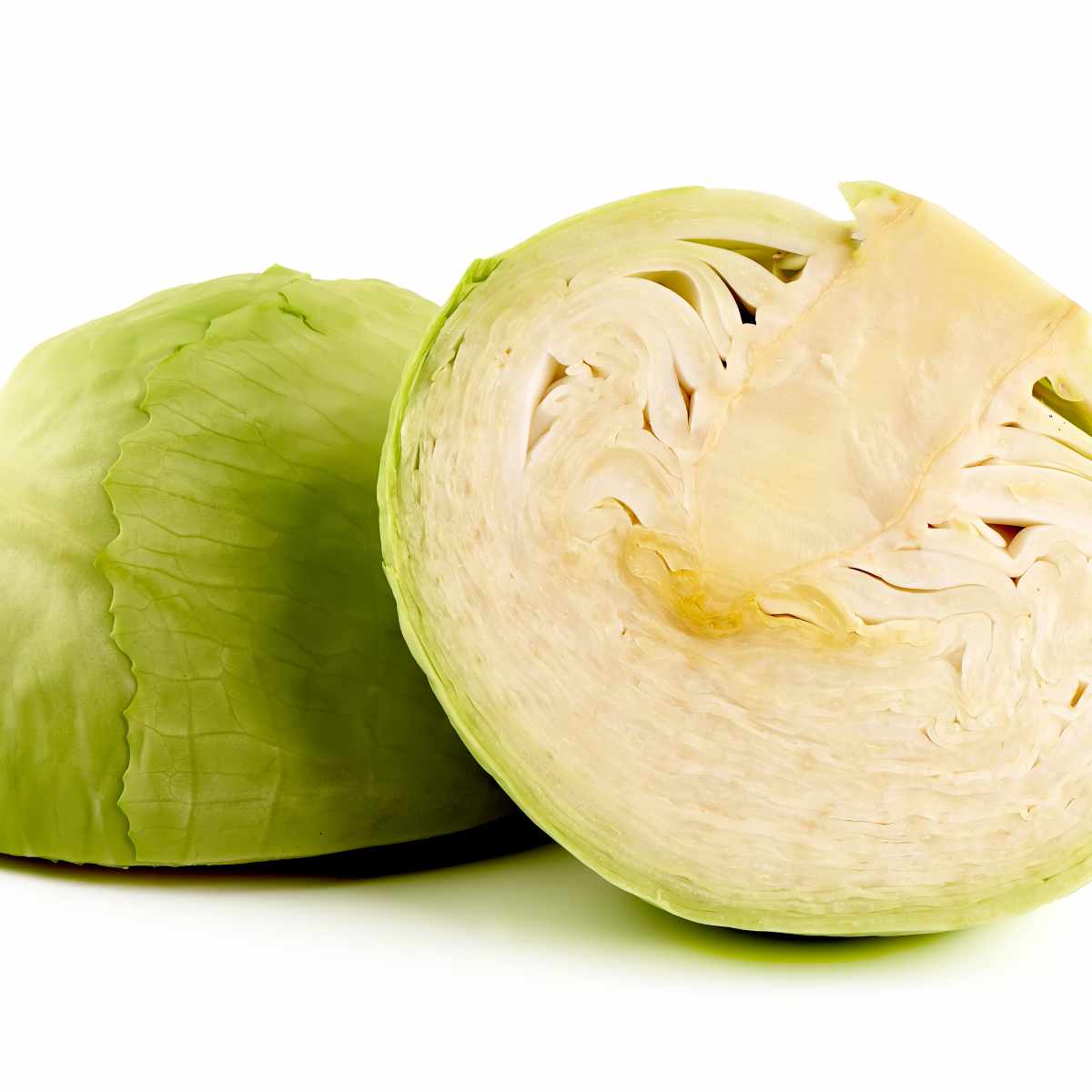
Origin: Green cabbage, also known as Dutch cabbage or white cabbage, has a long history and is believed to have originated in the Mediterranean region.It has a mildly sweet and earthy flavor with a crisp texture.
Uses: Green cabbage is one of the most commonly used cabbage varieties. It is suitable for a wide range of preparations, including soups, stews, sautés, slaws, salads, stir-fries, and fermented dishes like Sauerkraut.
Hispi Cabbage
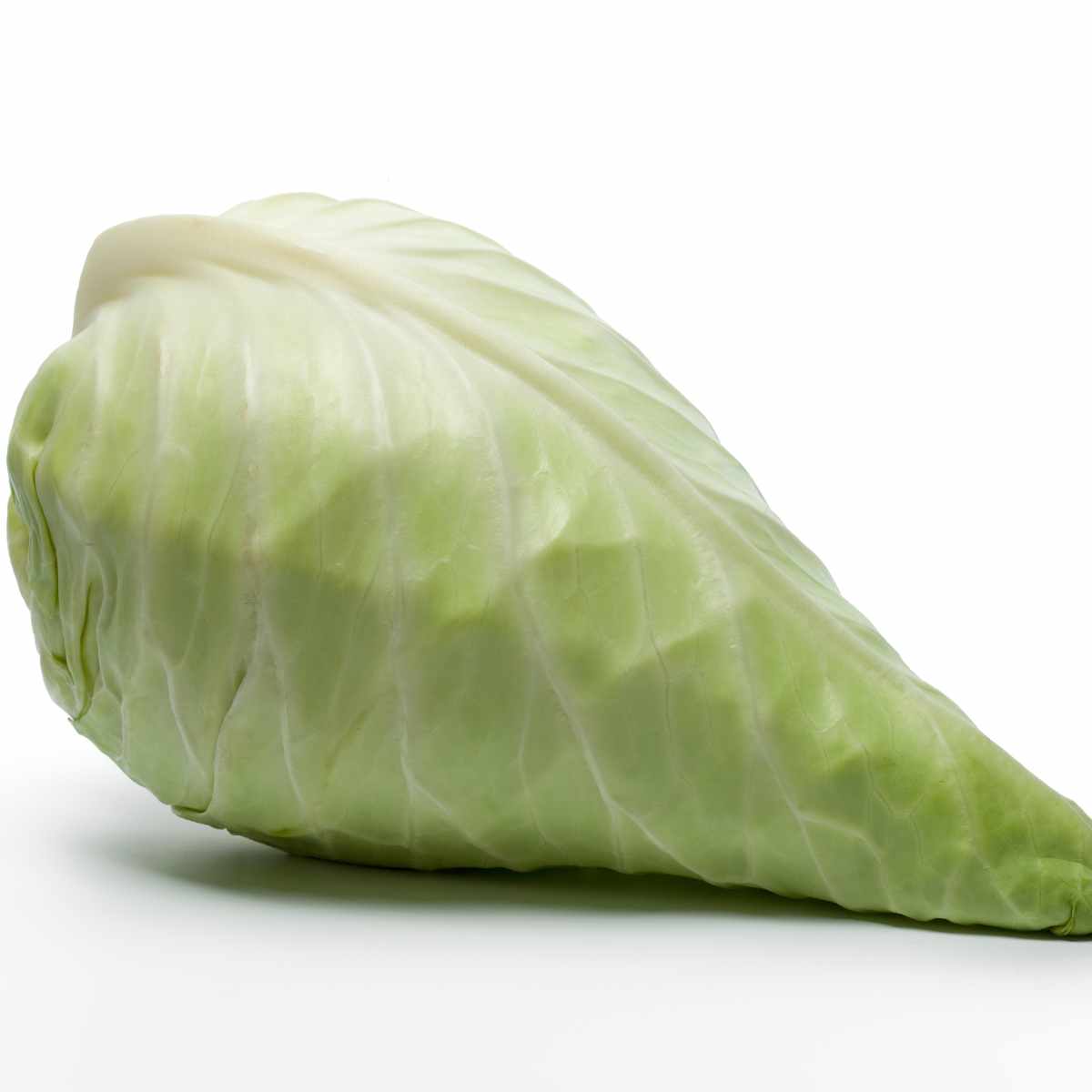
Origin: Hispi cabbage, also known as sweetheart cabbage, originated in France. It is a relatively new variety that was developed in the 19th century.
Flavor: Hispi cabbage has a mild and sweet flavor compared to other cabbage varieties. The leaves are tender and have a delicate texture.
Uses: Hispi cabbage is versatile and can be used in various culinary preparations. It can be eaten raw in salads, stir-fried, steamed, or sautéed. Its sweet taste makes it a great addition to coleslaw or other cold dishes.
January King Cabbage
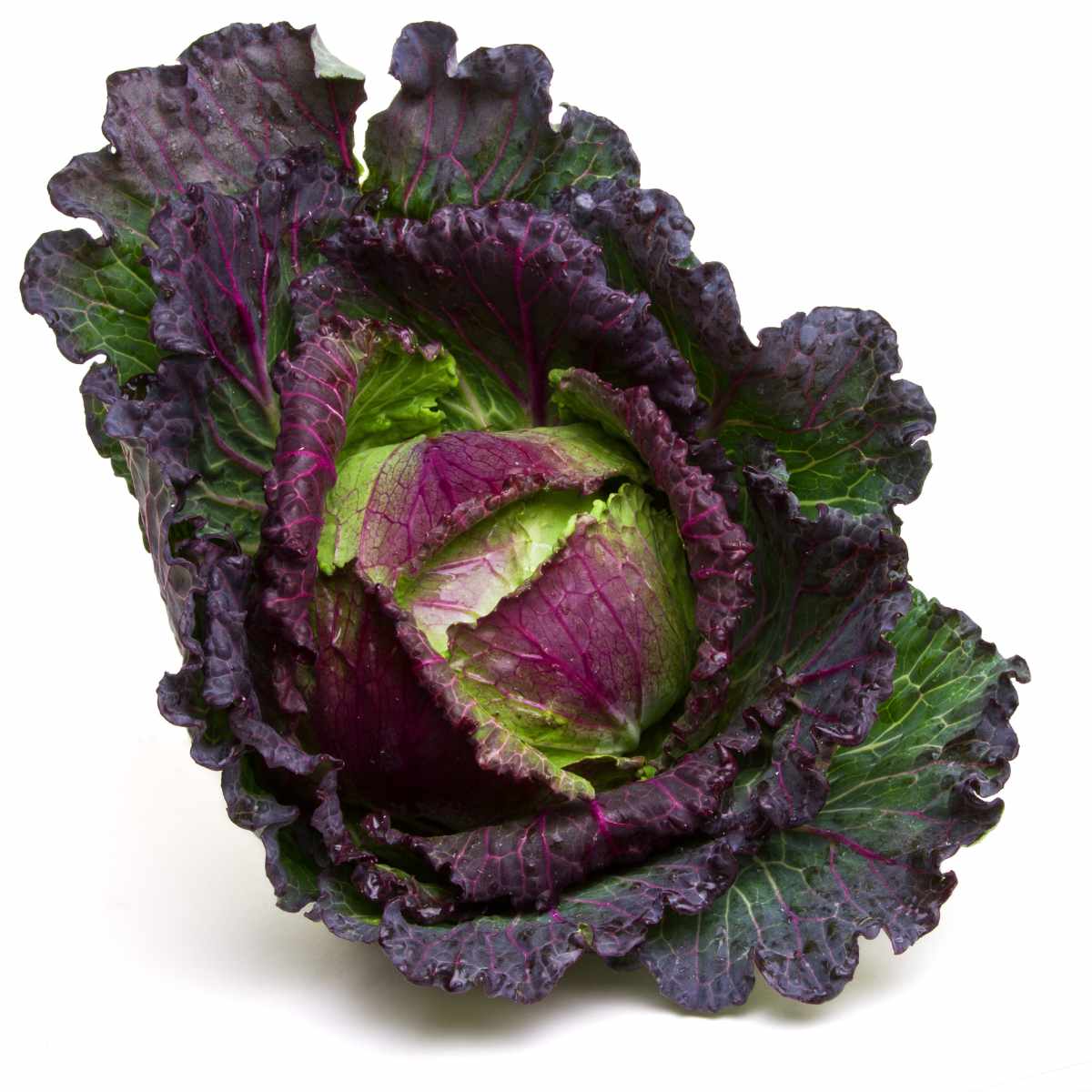
Origin: January King cabbage is believed to have originated in the United Kingdom. It is a winter cabbage variety that is known for its hardiness and ability to withstand colder temperatures.
Flavor: This cabbage has a robust and slightly peppery flavor. The outer leaves have a purplish hue, while the inner leaves are pale green.
Uses: January King cabbage is well-suited for braising and roasting due to its sturdy texture. It can also be used in soups, stews, or fermented. Its attractive appearance makes it a popular choice for decorative purposes.
Jersey Wakefield Cabbage
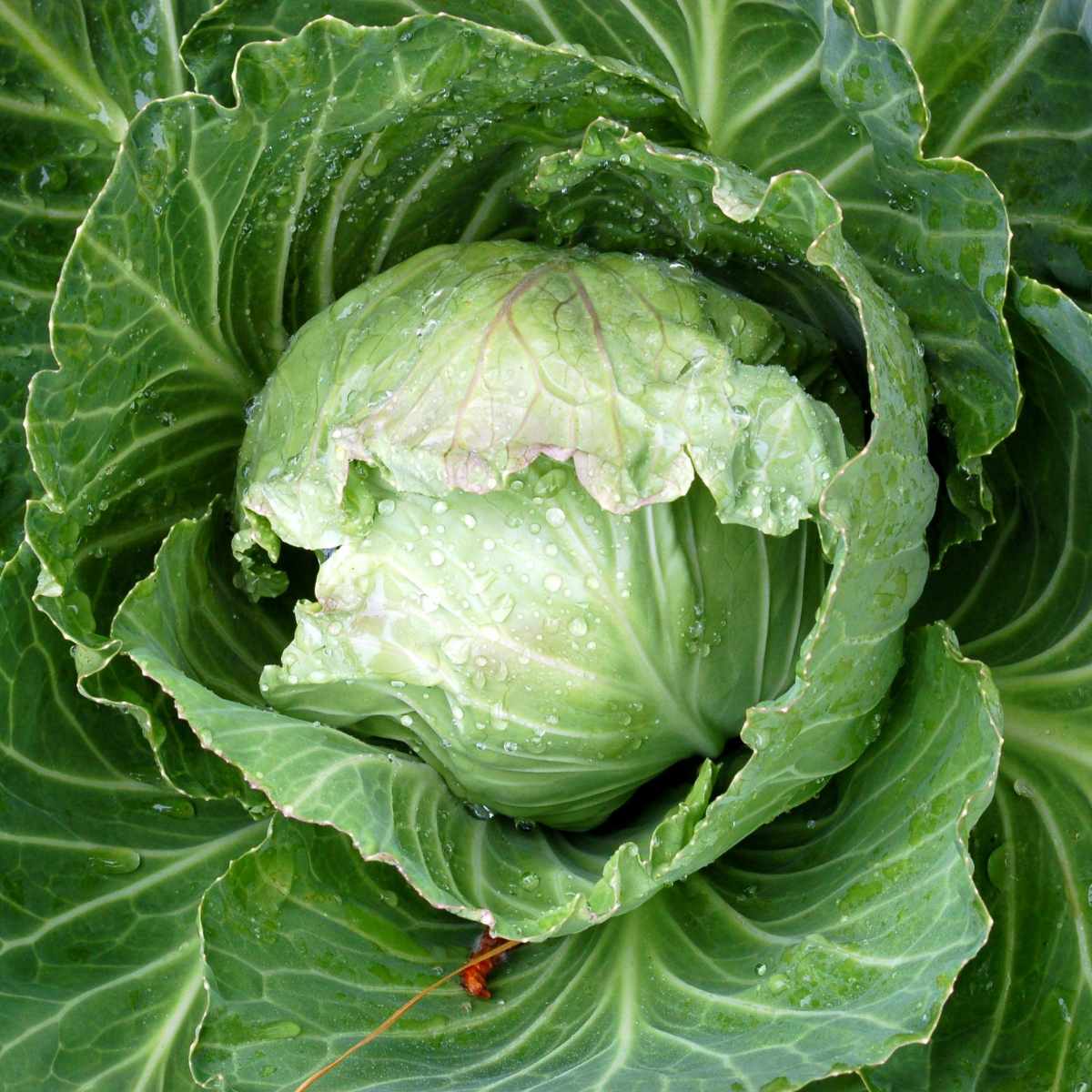
Origin: Jersey Wakefield cabbage is an heirloom variety that originated in the United States, particularly in the state of New Jersey where it has been grown since the mid-19th century.
Flavor: This cabbage has a sweet and mild flavor with tender, crinkled leaves. It is known for its early maturity and excellent taste.
Uses: The conical shape of Jersey Wakefield cabbage makes it ideal for shredding, slicing, or using in coleslaw. It can be cooked by steaming, stir-frying, or boiling. It retains its shape well when cooked and adds a sweet flavor to dishes.
Late Flat Dutch Cabbage
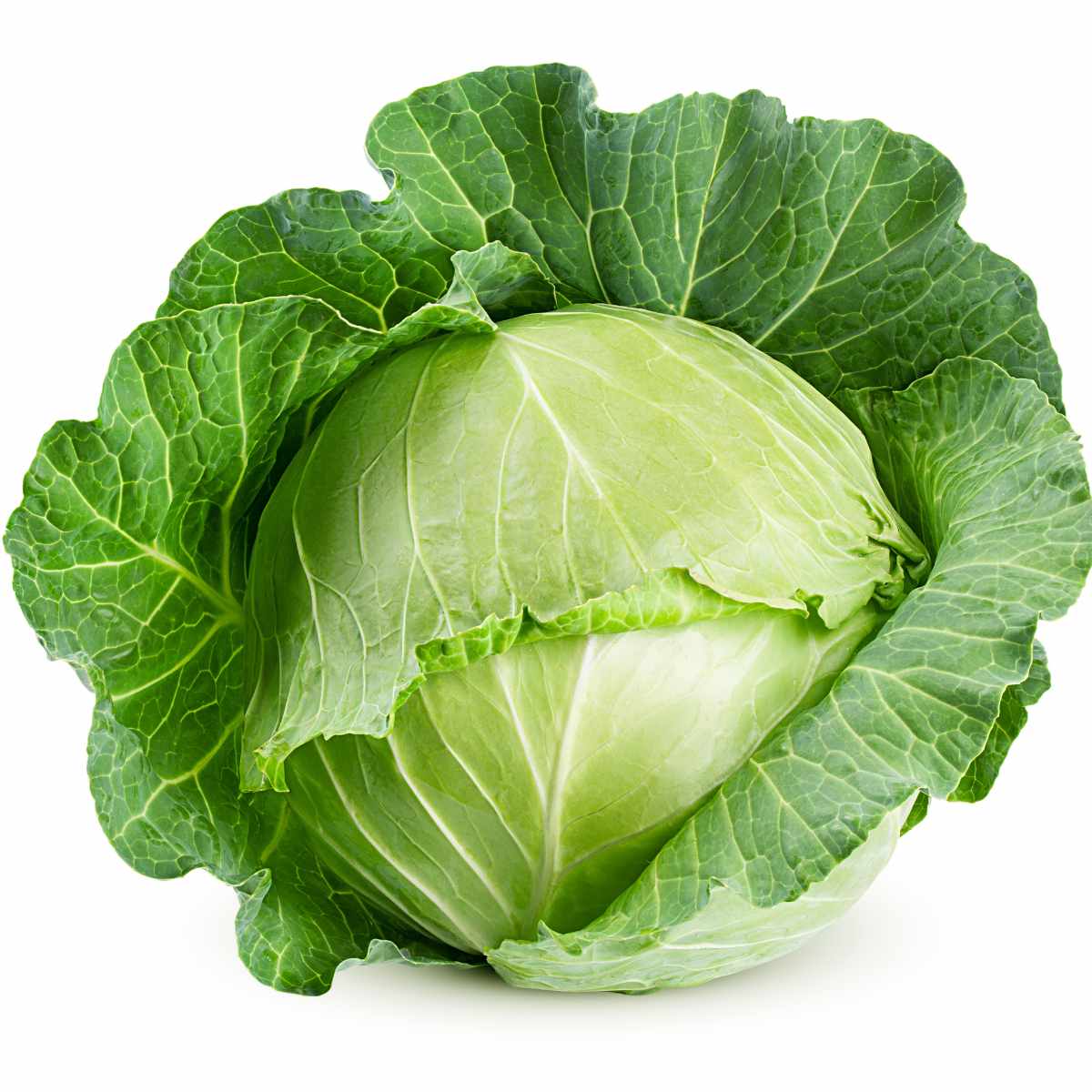
Flavor: Late flat Dutch cabbage is an old cabbage variety native to Europe, and is particularly associated with the Netherlands. This cabbage has a mild and slightly sweet taste. The leaves are large, flat, and tightly packed.
Uses: Late flat Dutch cabbage is a versatile variety that can be used in a variety of recipes. It is commonly used for making sauerkraut, as well as in soups, stews, and stir-fries. The large leaves can also be used as wrappers for stuffed cabbage rolls.
Pointed Cabbage
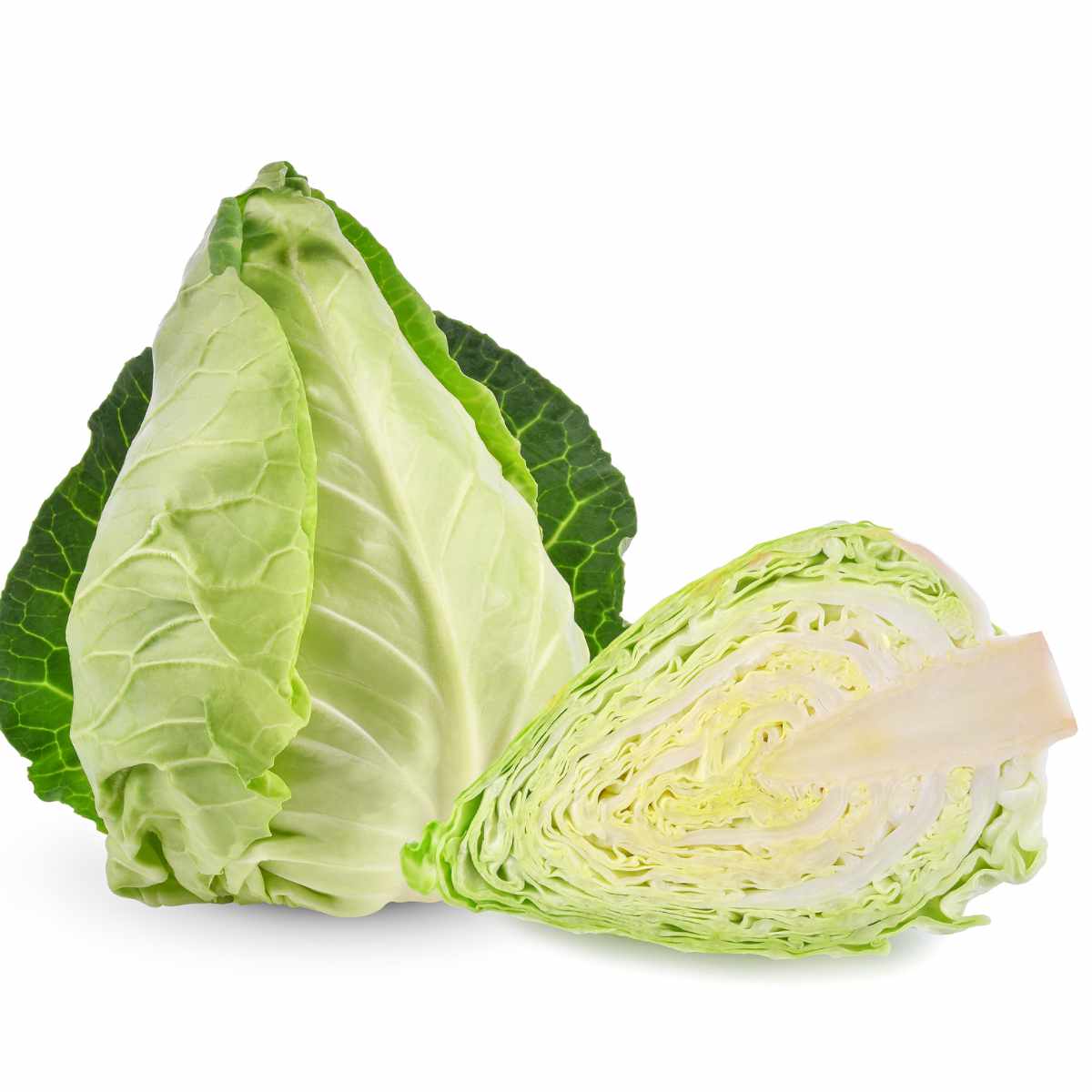
Origin: Pointed cabbage is believed to have originated in the Mediterranean region. It has a mild and sweet flavor compared to other cabbage varieties. The leaves are tender and have a delicate crunch. It is less pungent and has a subtler taste compared to other types of cabbage.
Uses: Pointed cabbage is versatile and can be used in various culinary preparations. It is often used in salads, stir-fries, coleslaws, and soups. It can also be steamed, boiled, or sautéed as a side dish or added to stews and casseroles.
Red Cabbage
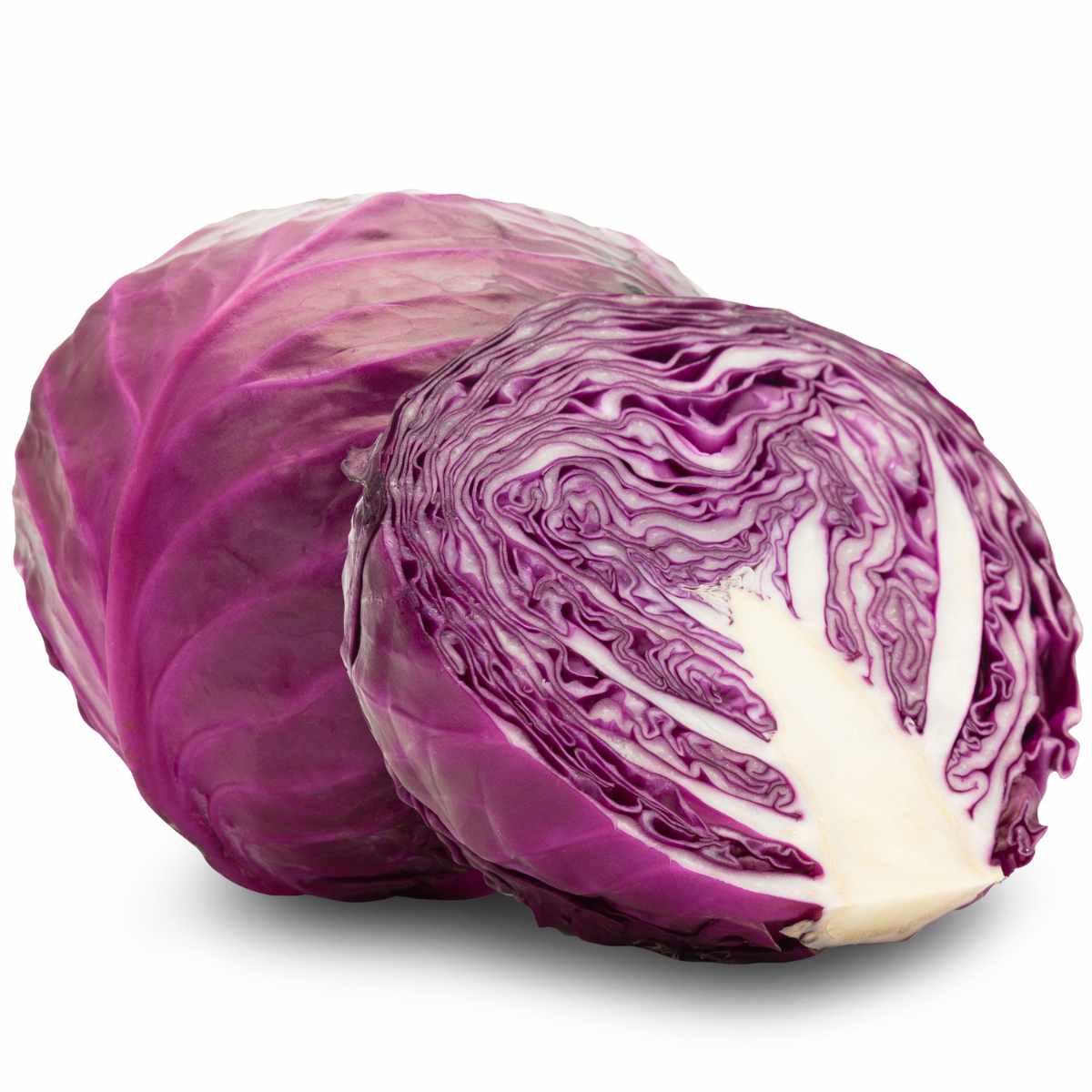
Origin: Red cabbage, also known as purple cabbage, has a long history and is believed to have originated around the Mediterranean and Asia Minor (present-day Turkey), and is today quite popular in Germany. Red cabbage has a slightly peppery and earthy flavor compared to green cabbage. The leaves are crisp and crunchy. When cooked, red cabbage develops a rich, sweet taste.
Uses: Red cabbage is often used raw in salads or coleslaws to add vibrant color and a crunchy texture. It can also be pickled, braised, or roasted. When cooked, red cabbage is commonly used in side dishes, stews, and even as a garnish for certain dishes.
Ruby Ball Cabbage
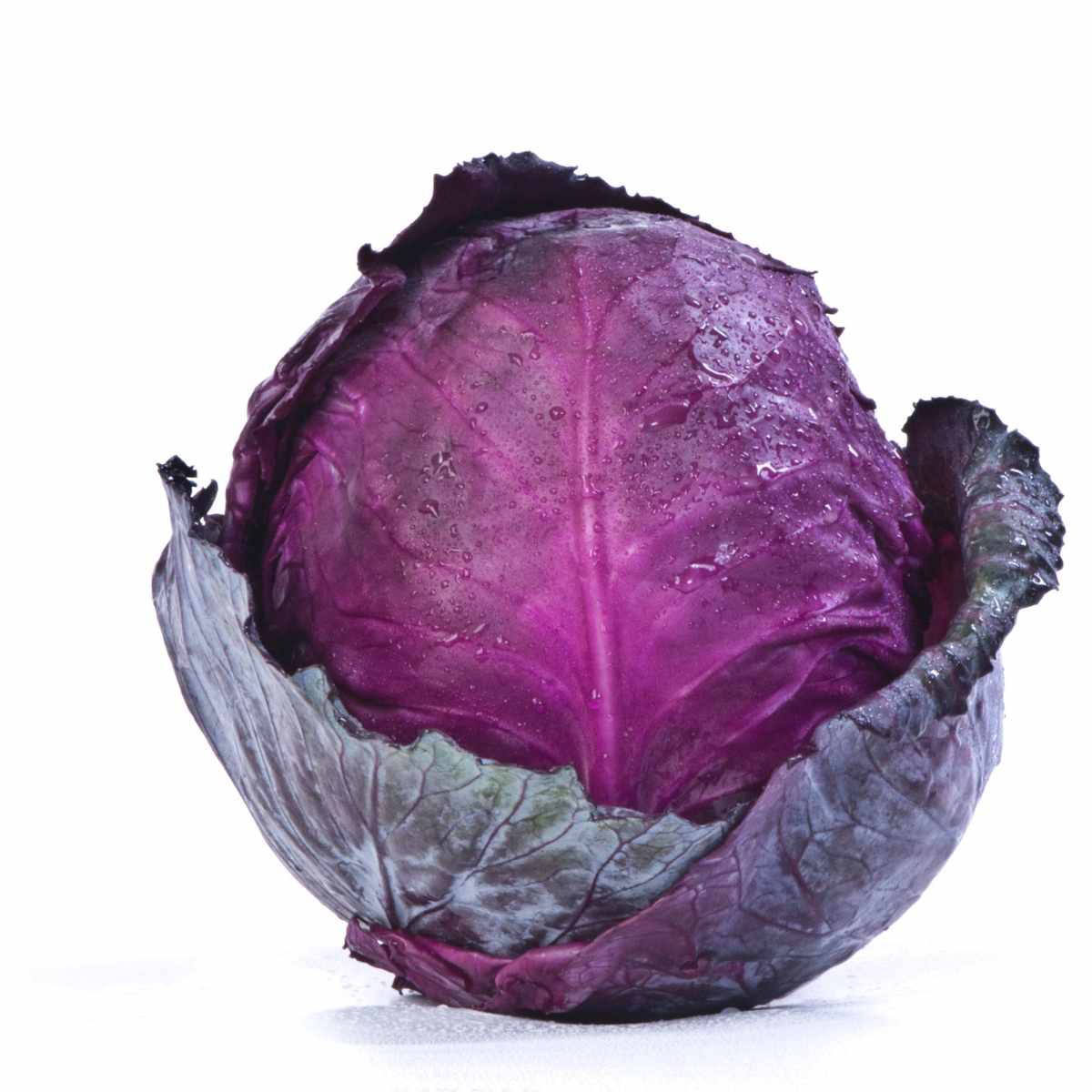
Origin: Ruby ball cabbage is a variety of red cabbage, and its origin and taste are similar to that of red cabbage. It has a crisp texture with a slightly peppery and sweet flavor.
Uses: Similar to red cabbage, Ruby ball cabbage can be used in a variety of dishes. It is often used raw in salads and slaws, or cooked in stir-fries, soups, and side dishes. Its striking color makes it visually appealing when used in various culinary creations. It would provide a great aesthetic look to this Sauerkraut Salad.
Savoy Cabbage (Curly Cabbage)
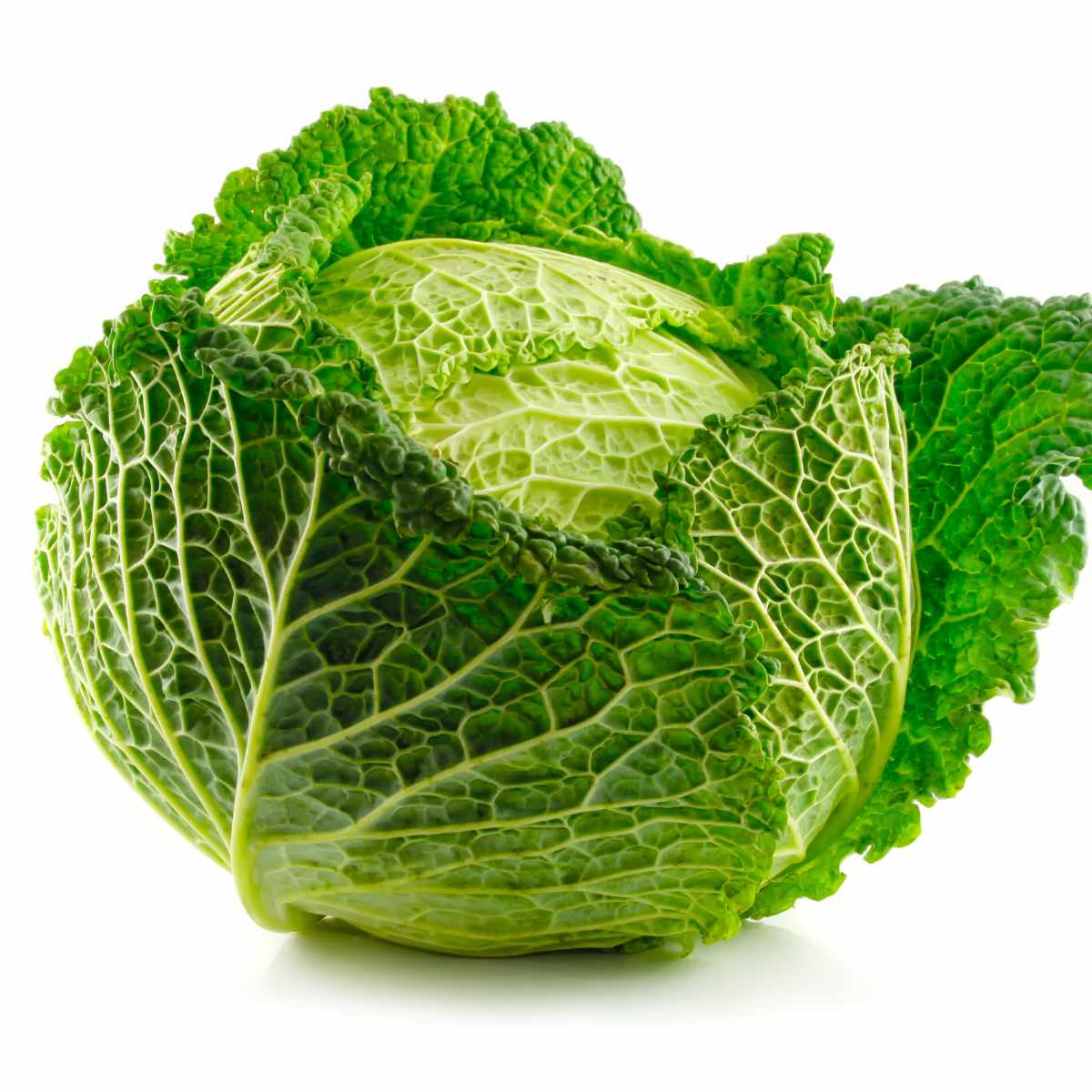
Origin: Savoy cabbage, also known as curly cabbage, originated in Italy. It is named after the Savoy region in the northwestern part of the country. Savoy cabbage has a mild and slightly sweet flavor compared to other cabbage varieties. The leaves are tender and have a crinkled texture.
Uses: Savoy cabbage is versatile and can be used in a variety of dishes. It is commonly used in soups, stews, stir-fries, and braised dishes. Its leaves are also suitable for stuffing due to their pliability.
Stonehead Cabbage
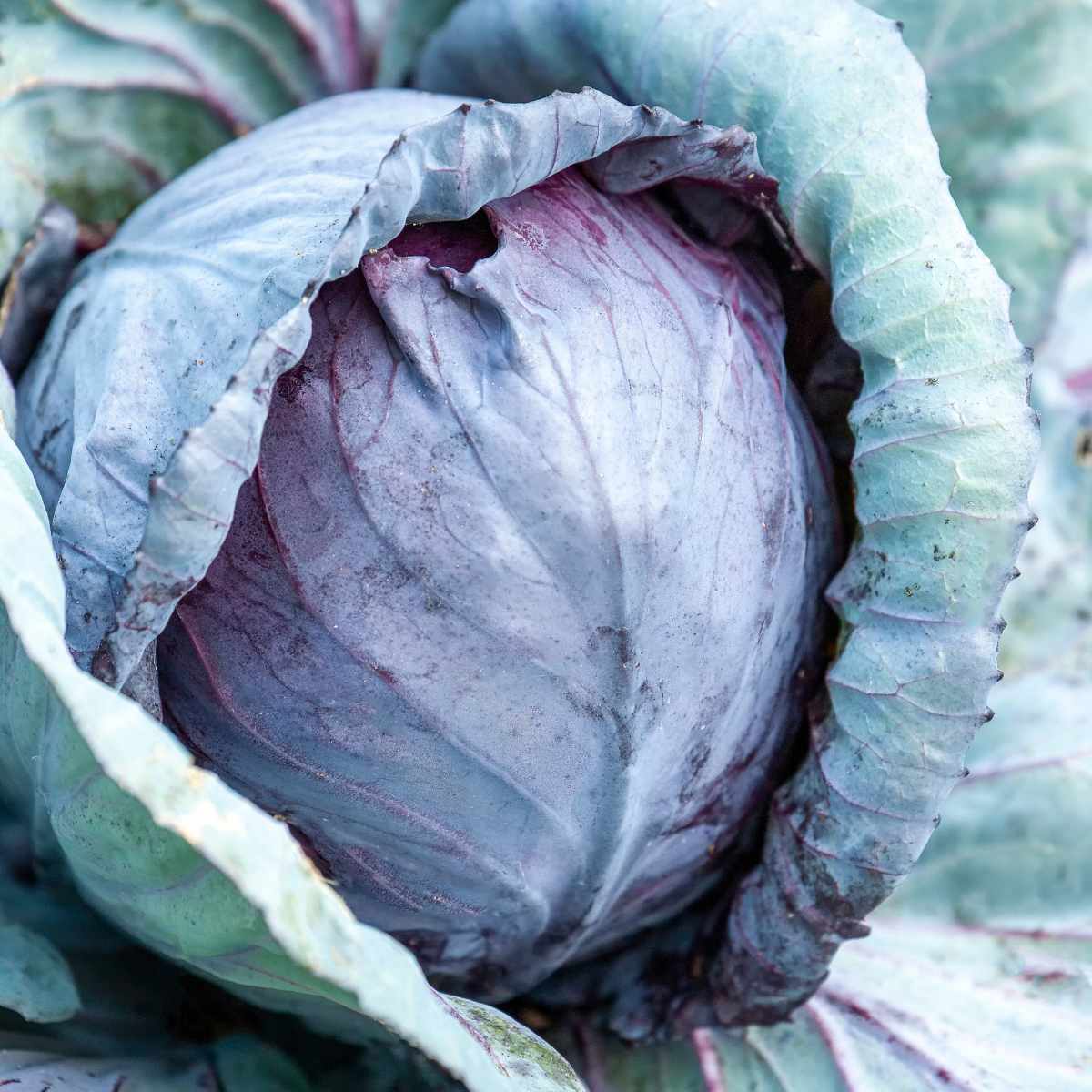
Flavor: Stonehead cabbage, also referred to as stonehead colewort, is a hybrid variety that was developed to feature a compact and tightly-packed head. Stonehead cabbage has a milder and sweeter flavor compared to other cabbages. The leaves are crisp and tender.
Uses: Stonehead cabbage is often used in raw preparations such as salads and coleslaw due to its crunchy texture. It can also be used in stir-fries, sautés, and soups.
White Cabbage
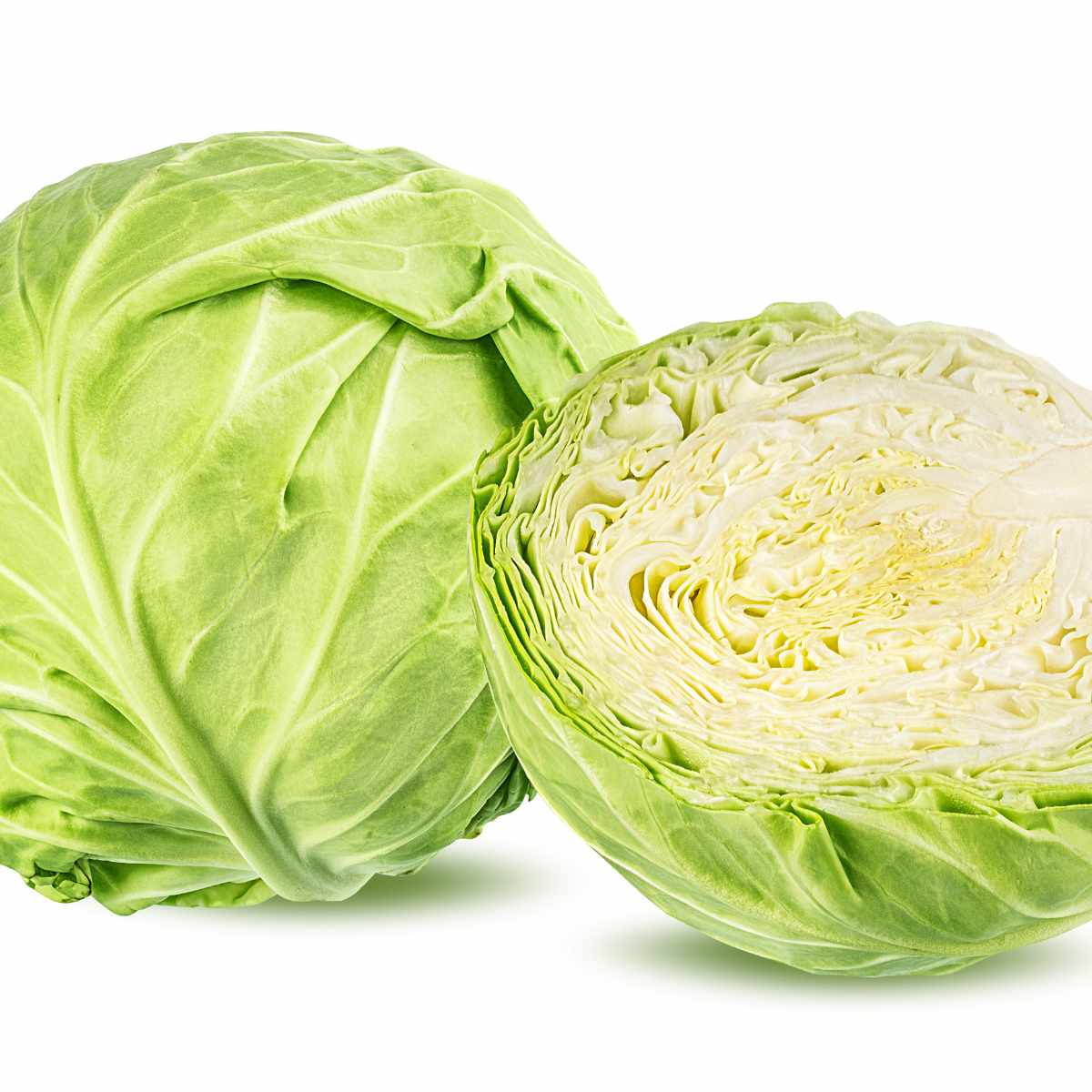
Origin: White cabbage is one of the most common and widely cultivated cabbage varieties. Its exact origin is uncertain, but it has been cultivated in Europe for centuries. White cabbage has a robust and slightly bitter flavor. The leaves are firm and crunchy.
Uses: White cabbage is a versatile cabbage that can be used in various cooked and raw dishes. It is commonly used in dishes such as coleslaw, sauerkraut, cabbage rolls, soups, stews, and stir-fries.
Cabbage Nutrition Information
Cabbage is an incredibly nutrient-dense food! It has fiber, is low in carbs and calories, and has lots of vitamins, making it a wonderful choice when looking for a snack! To go even further, here is some general information about the nutritional content of cabbage for a 100 gram (3.5 ounces) serving.
- Calories: 25
- Carbohydrates: 5.5 grams
- Dietary fiber: 2.5 grams (helps to promote a healthy gut!)
- Sugars: 3.2 grams
- Fat: 0.1 grams
- Protein: 1.3 grams
- 60% RDA of Vitamin C
- 4% RDA of Potassium
- 4% RDA of Calcium
Is Cabbage Keto?
Yes, cabbage is keto in moderation. According to the USDA, a 100g serving of most varieties of cabbage contains 3g of net carbs (total carbs minus fiber). If you don’t eat a lot of cabbage, this can generally be worked into a Keto diet’s carbohydrate restrictions.
trivia answer
The answer is Germany, and they don’t have just one, but several across Germany. I went to the Filderkrautfest just south of Stuttgart while living in Europe. It featured huge cabbage of all sorts and was very crowded. The Germans like their cabbage.
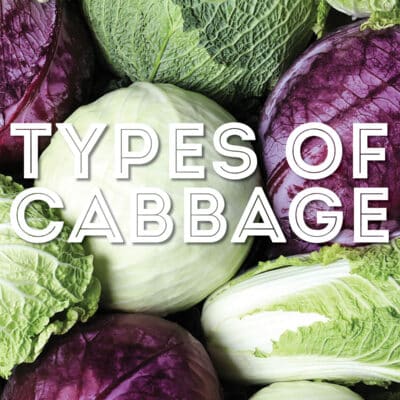
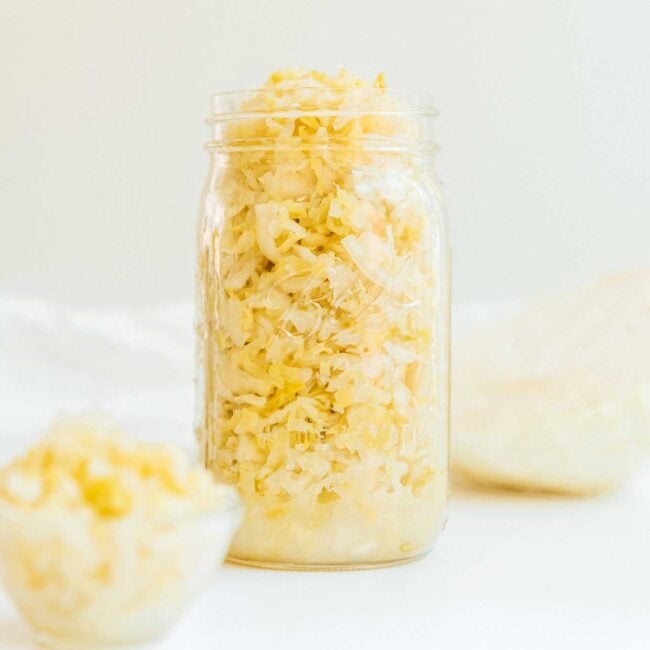
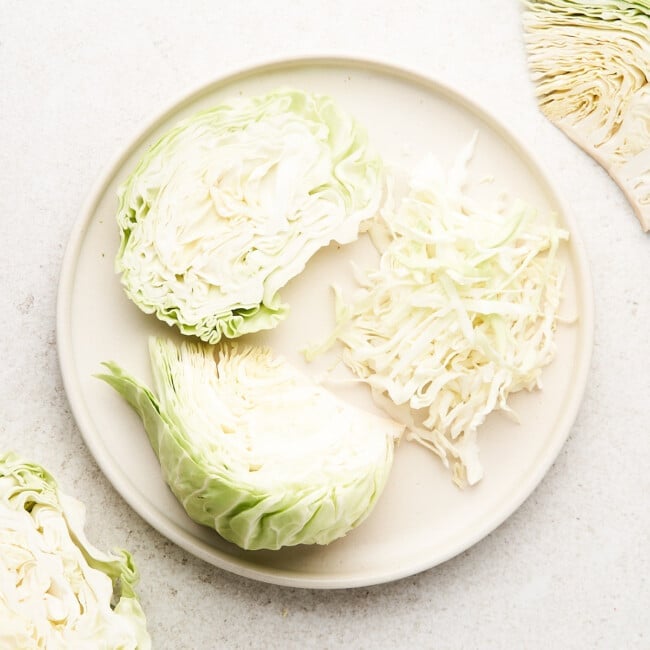

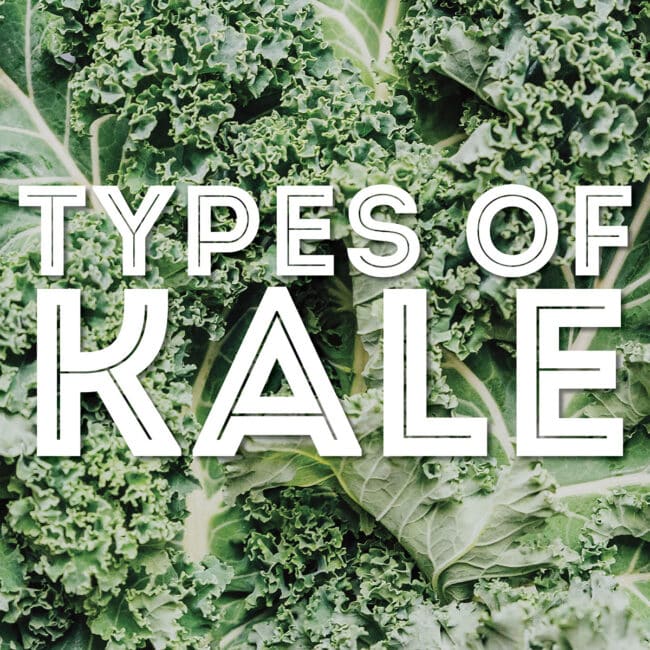
Leave a Comment